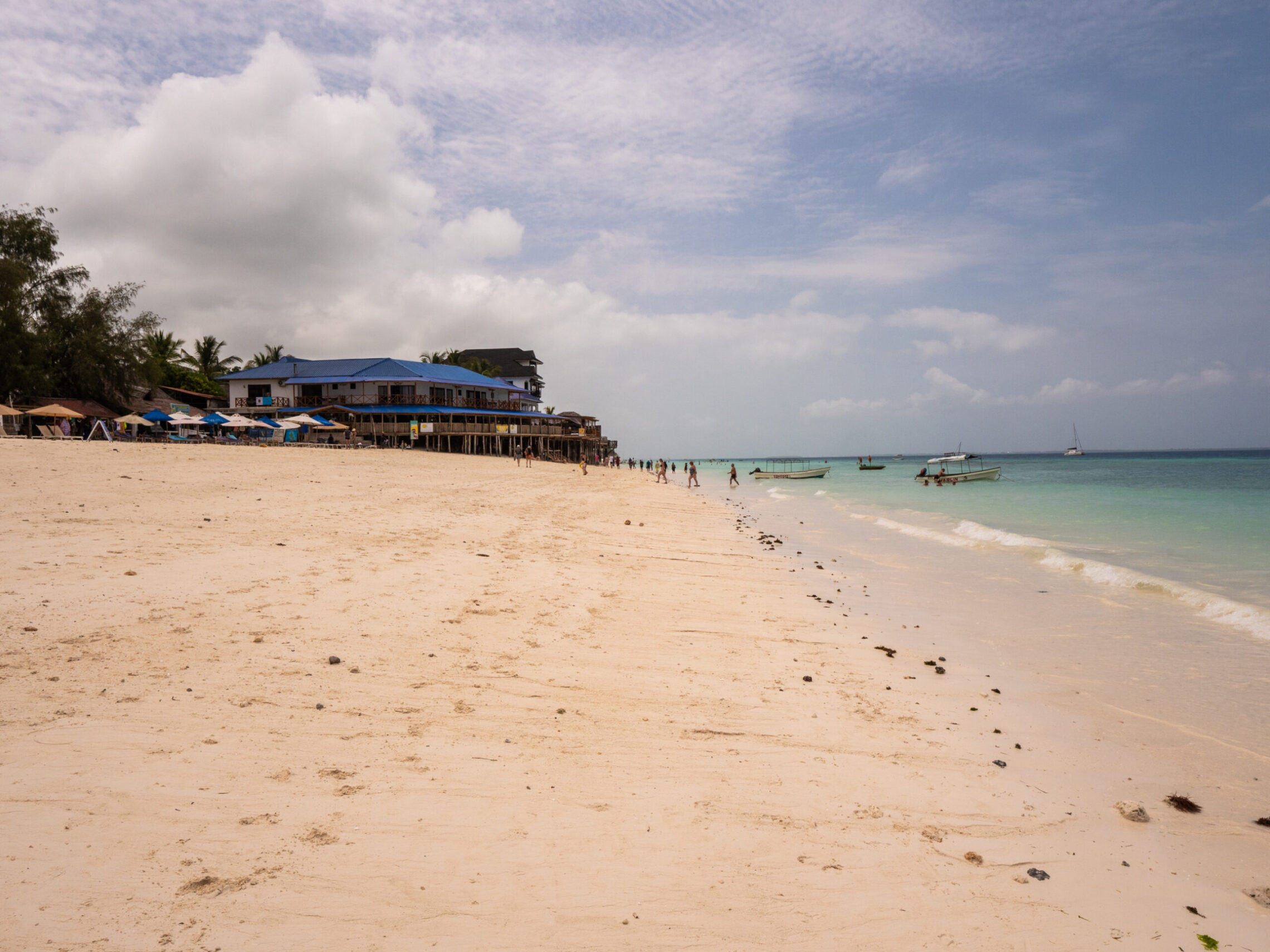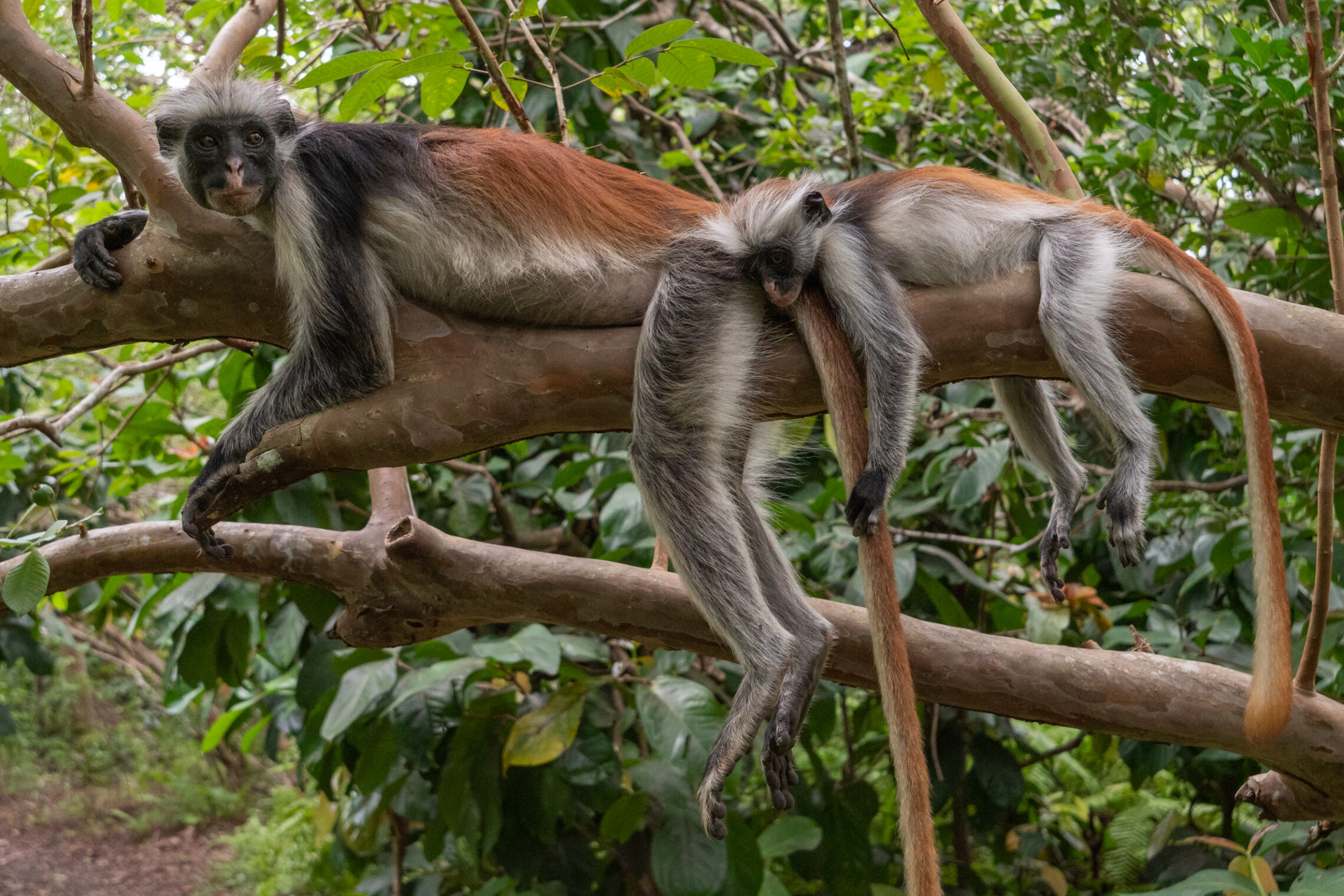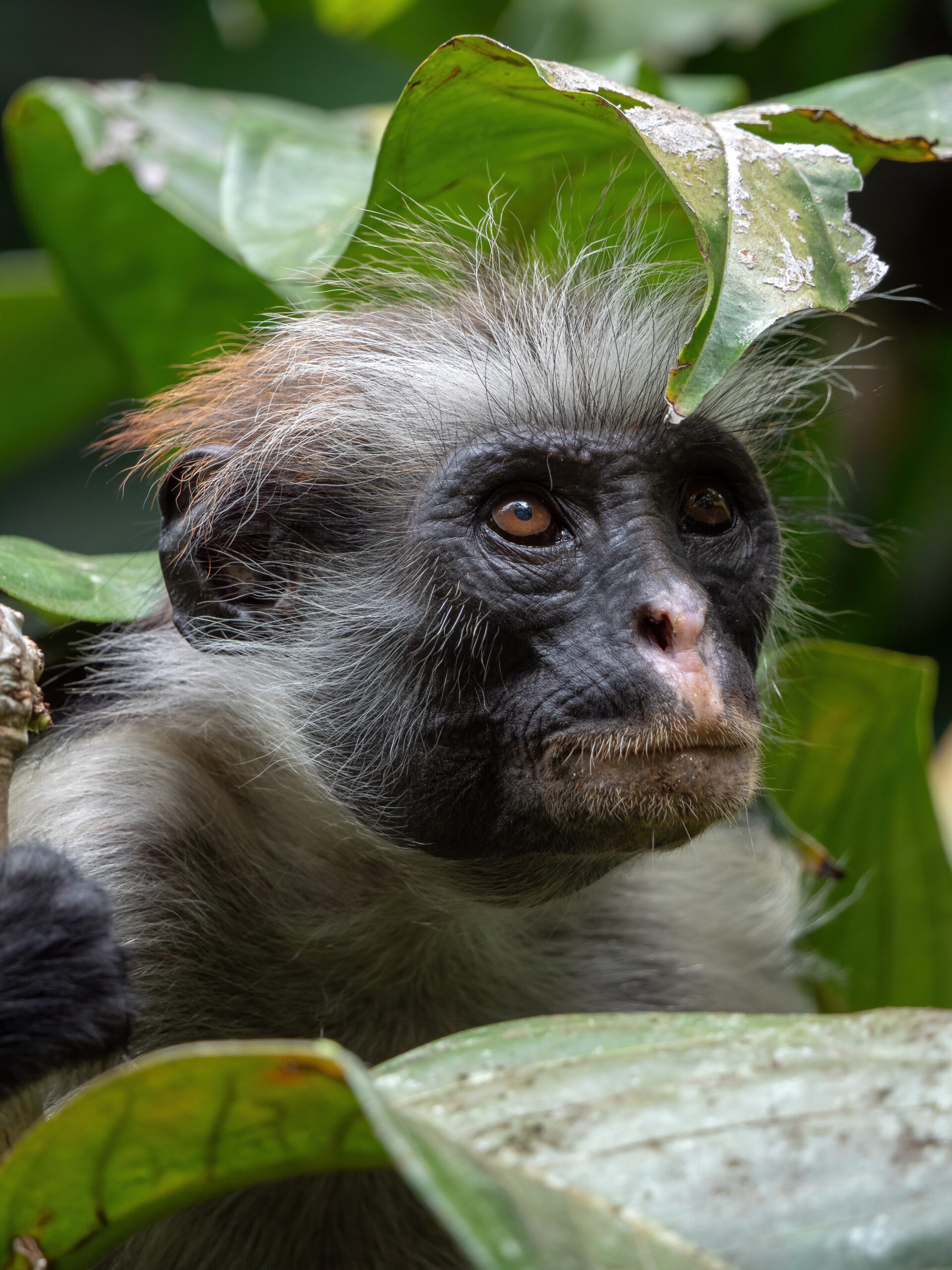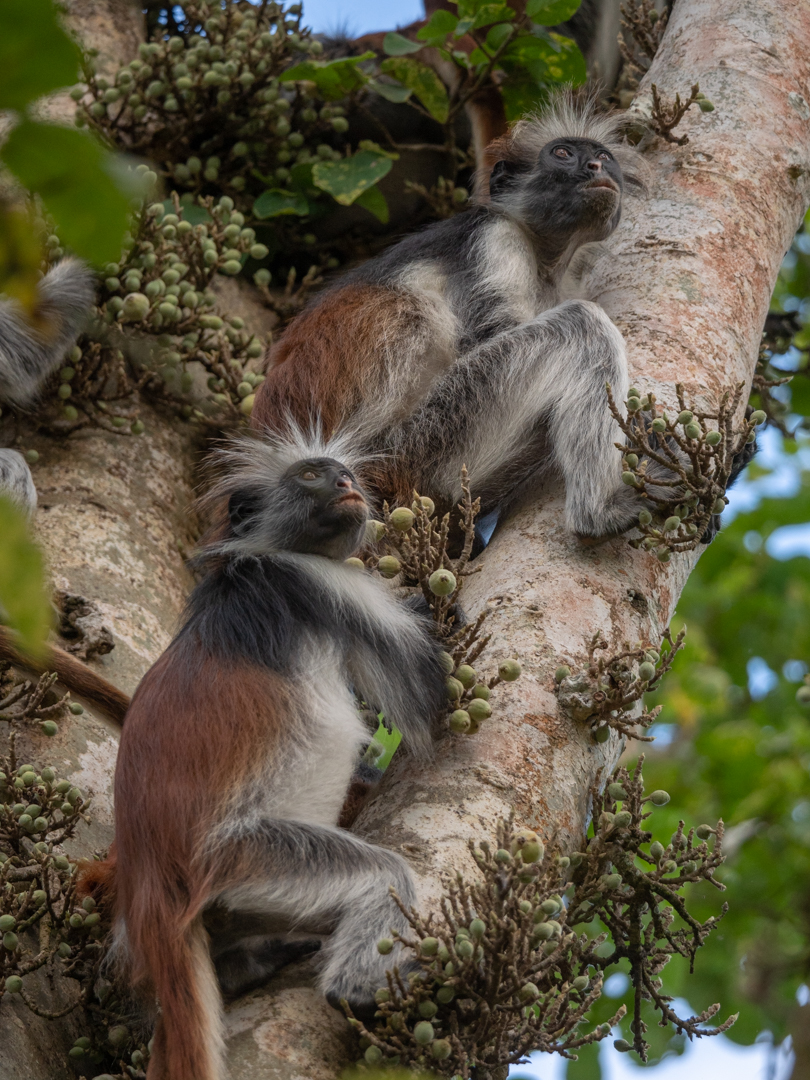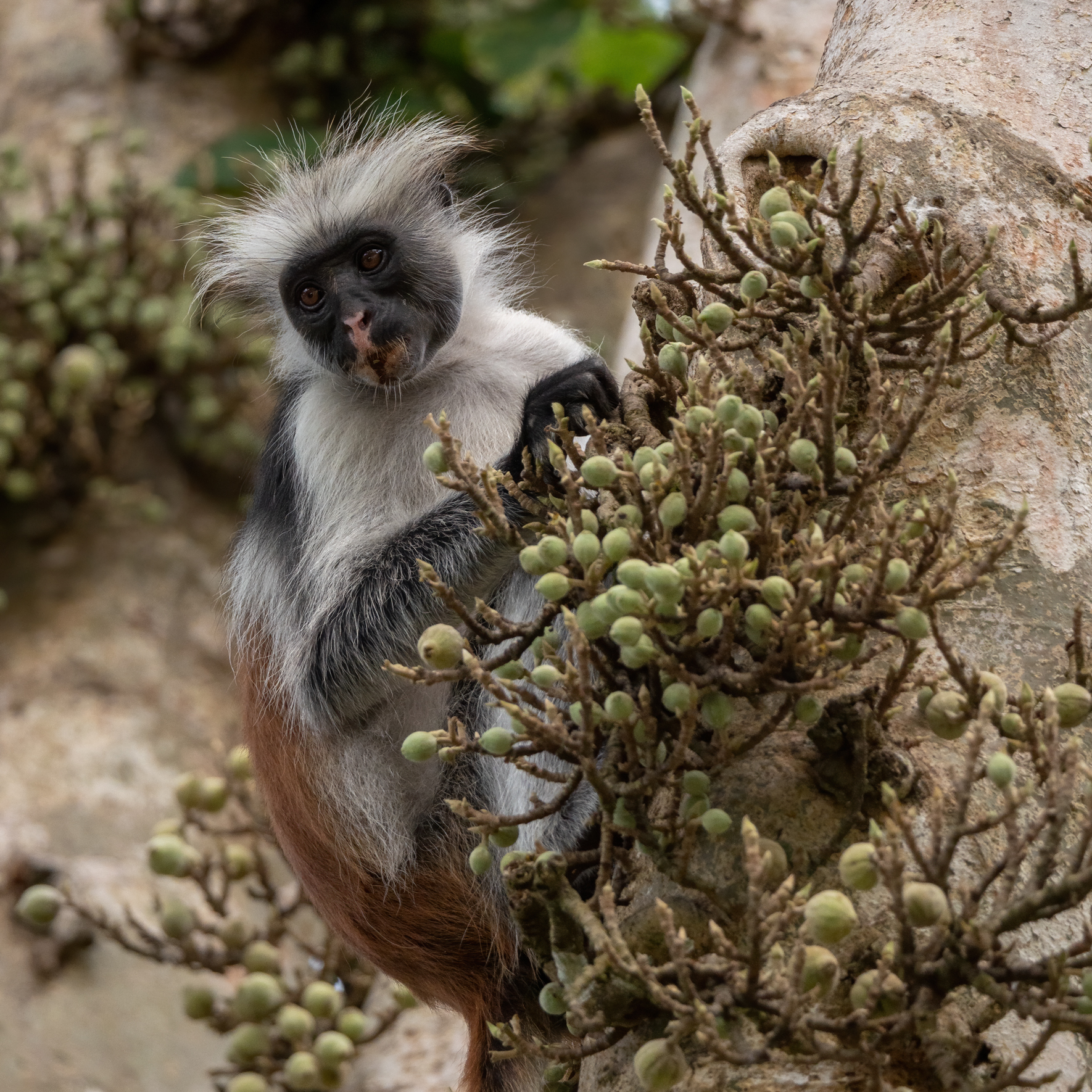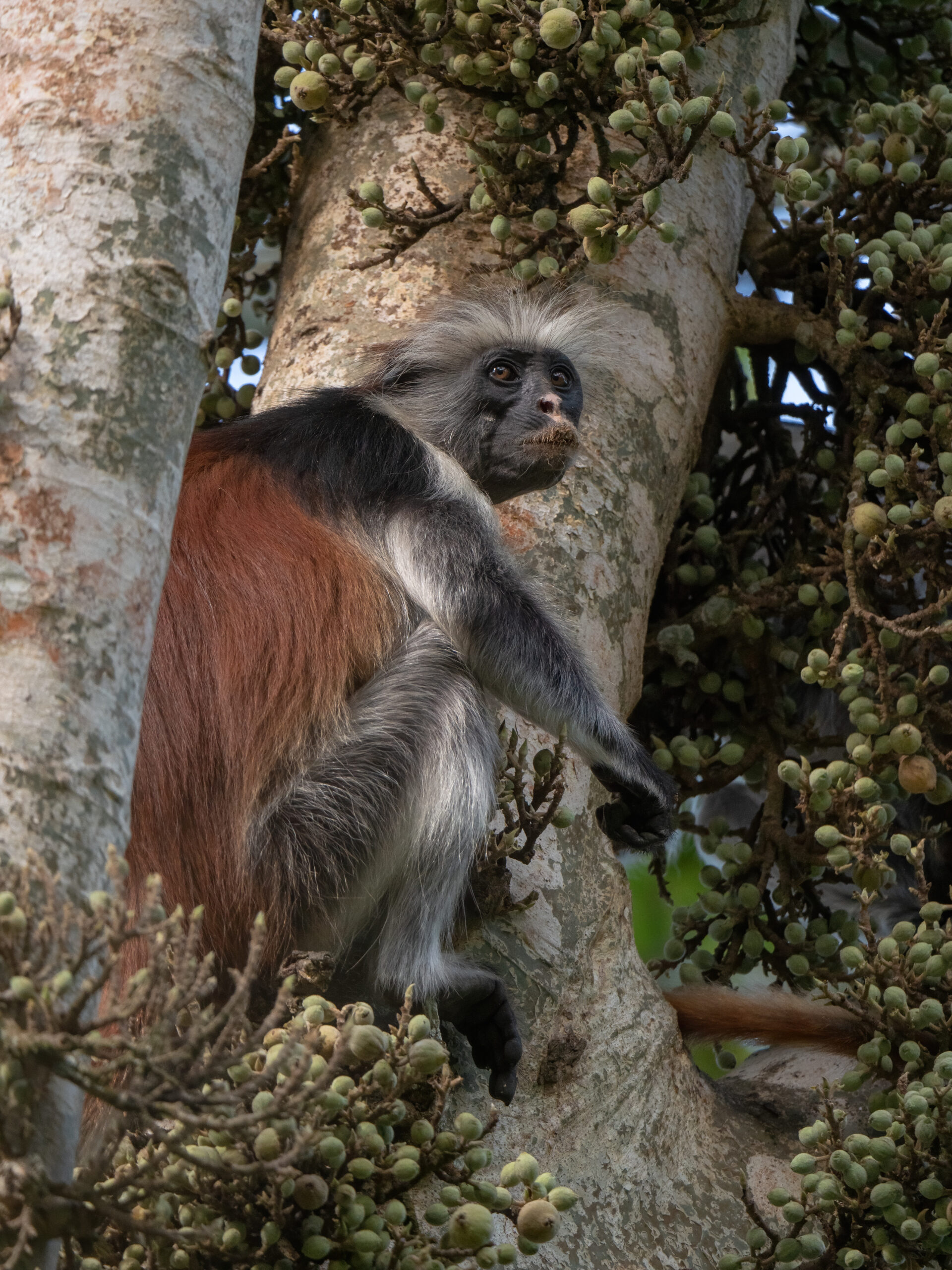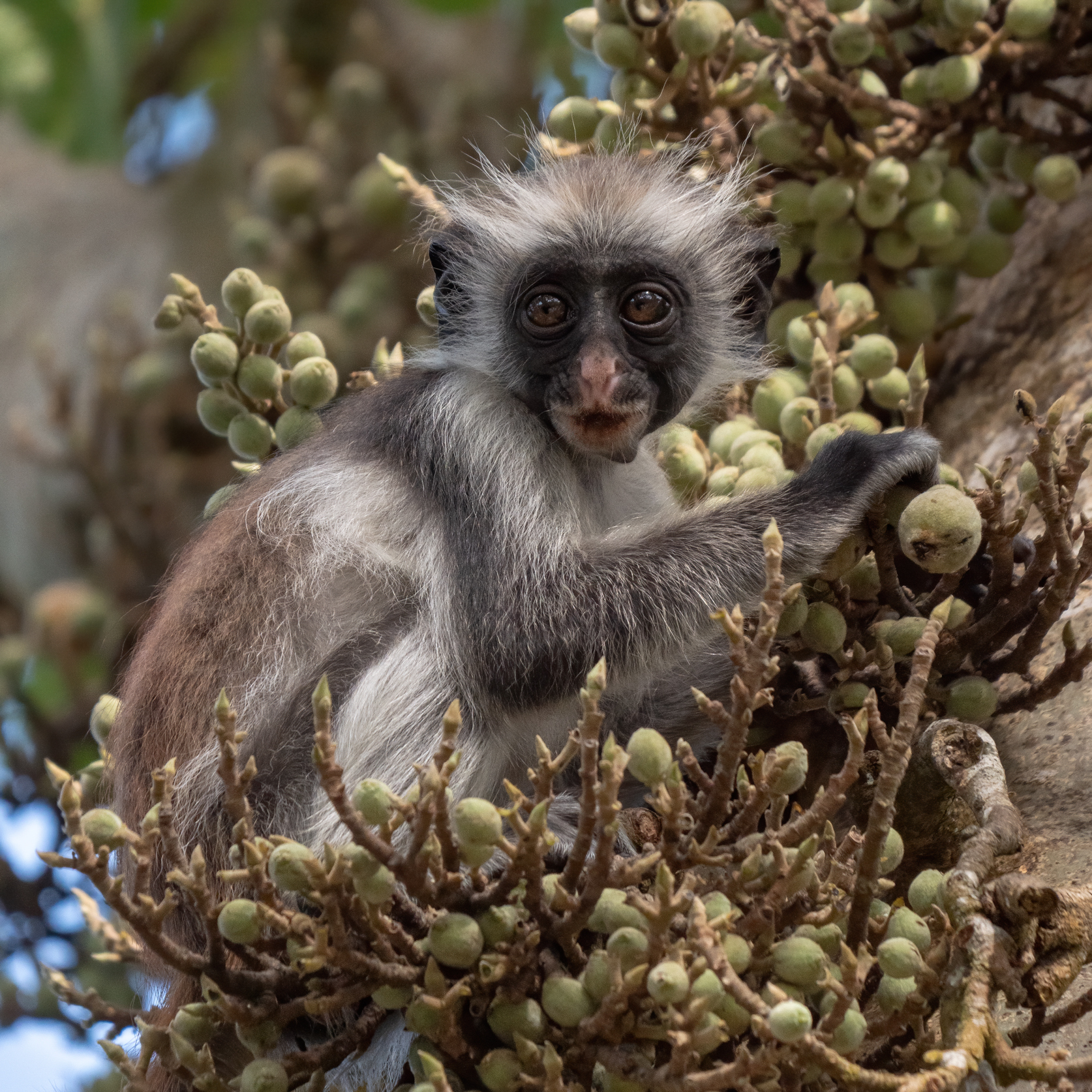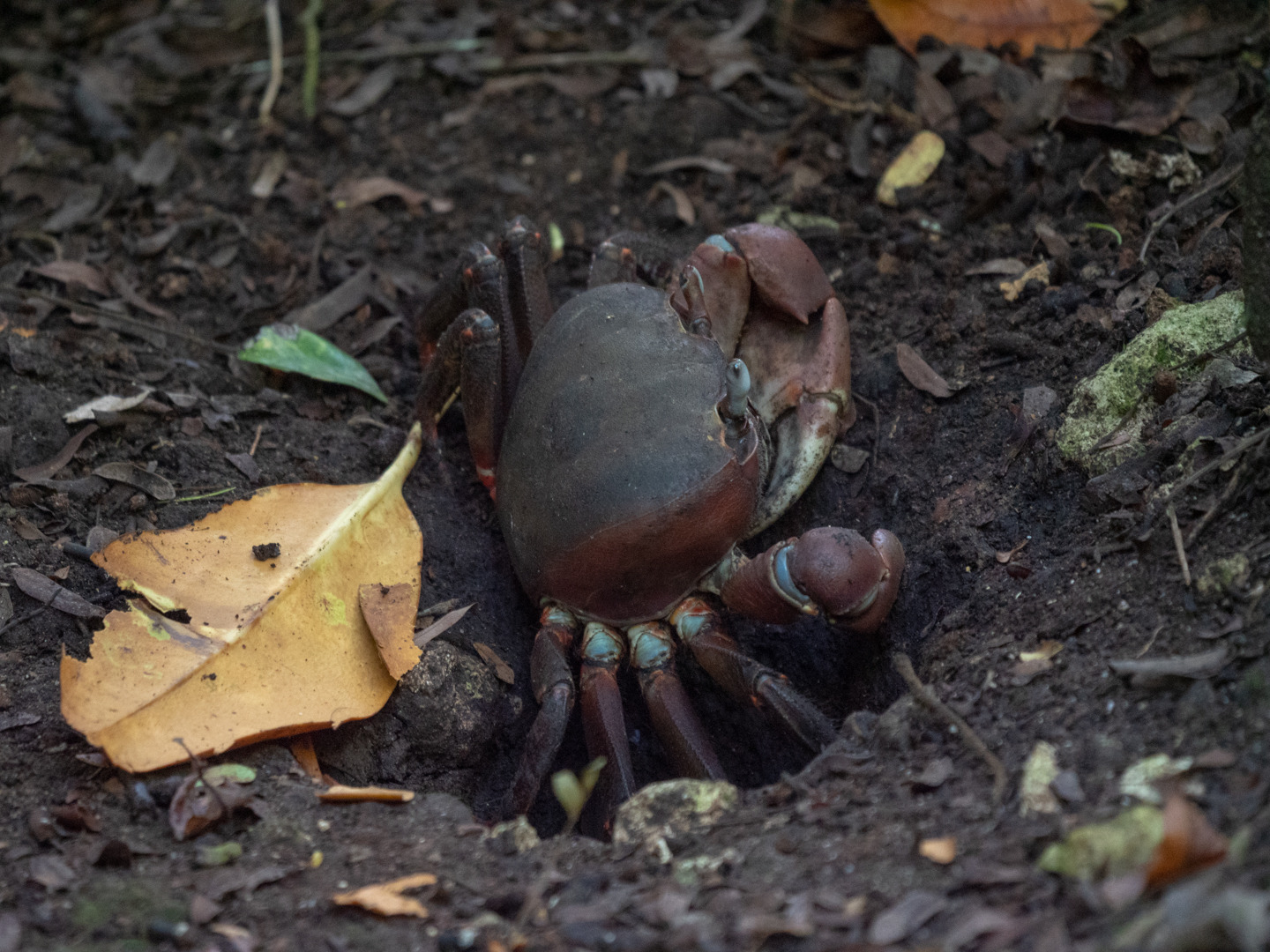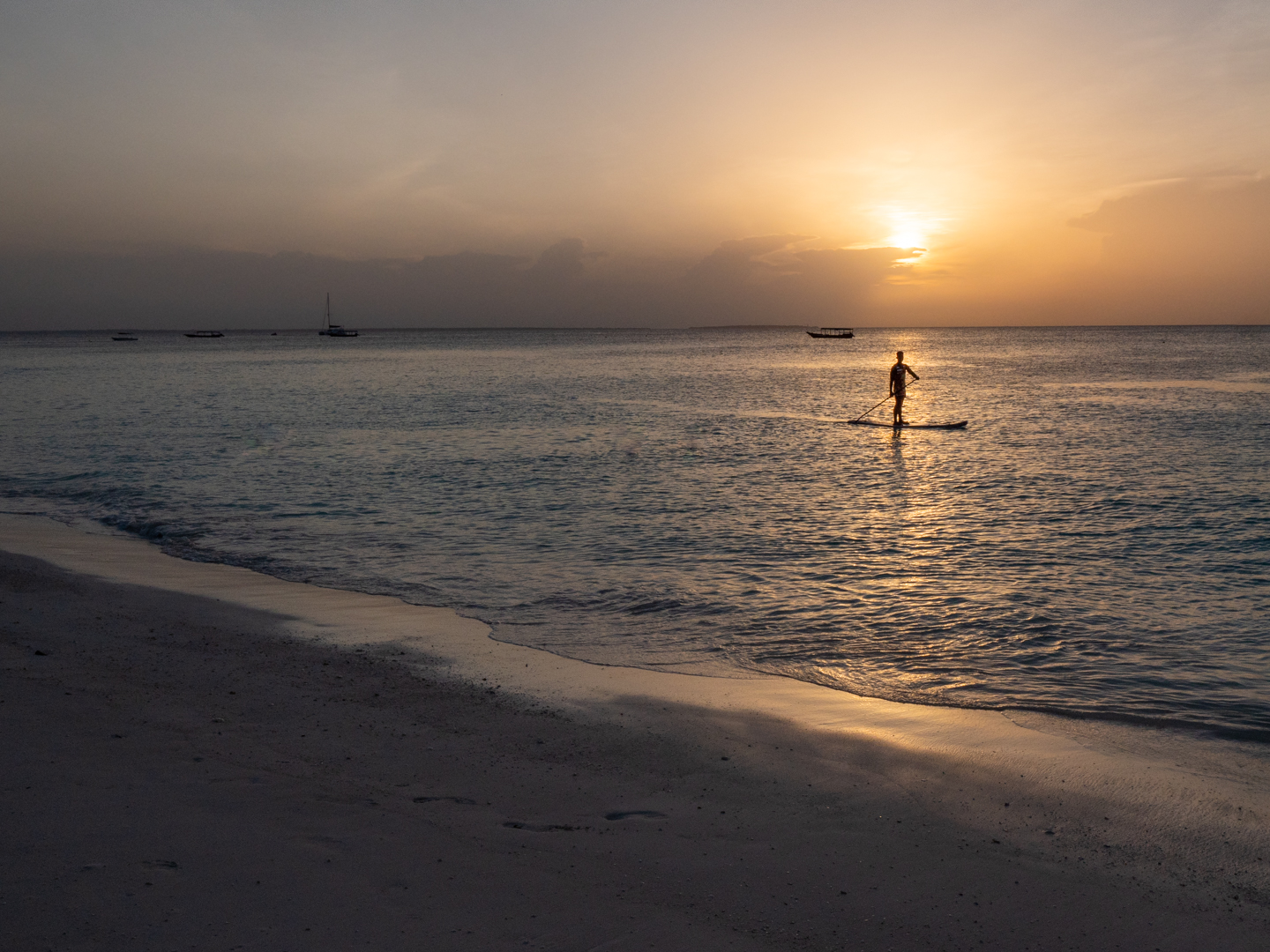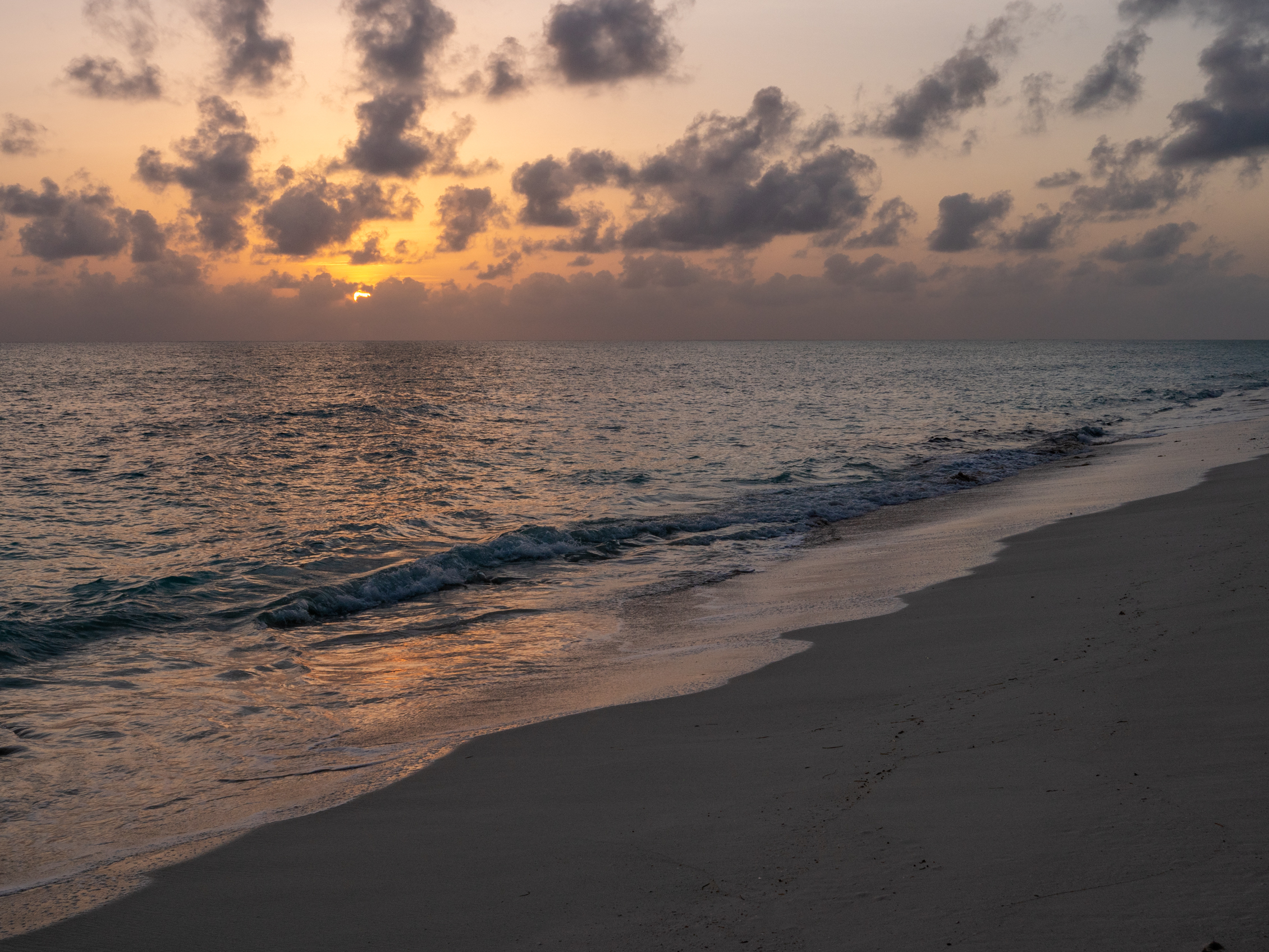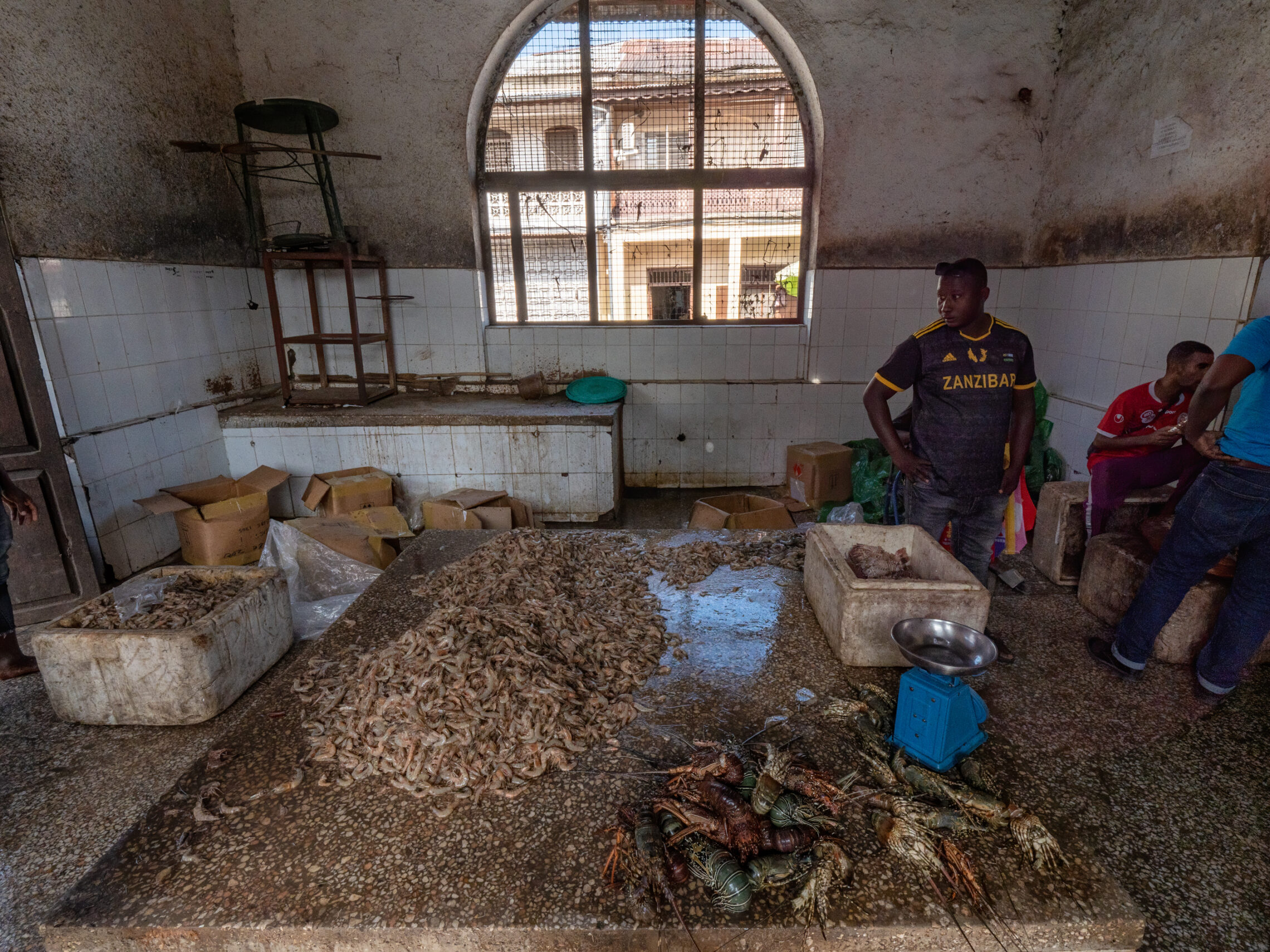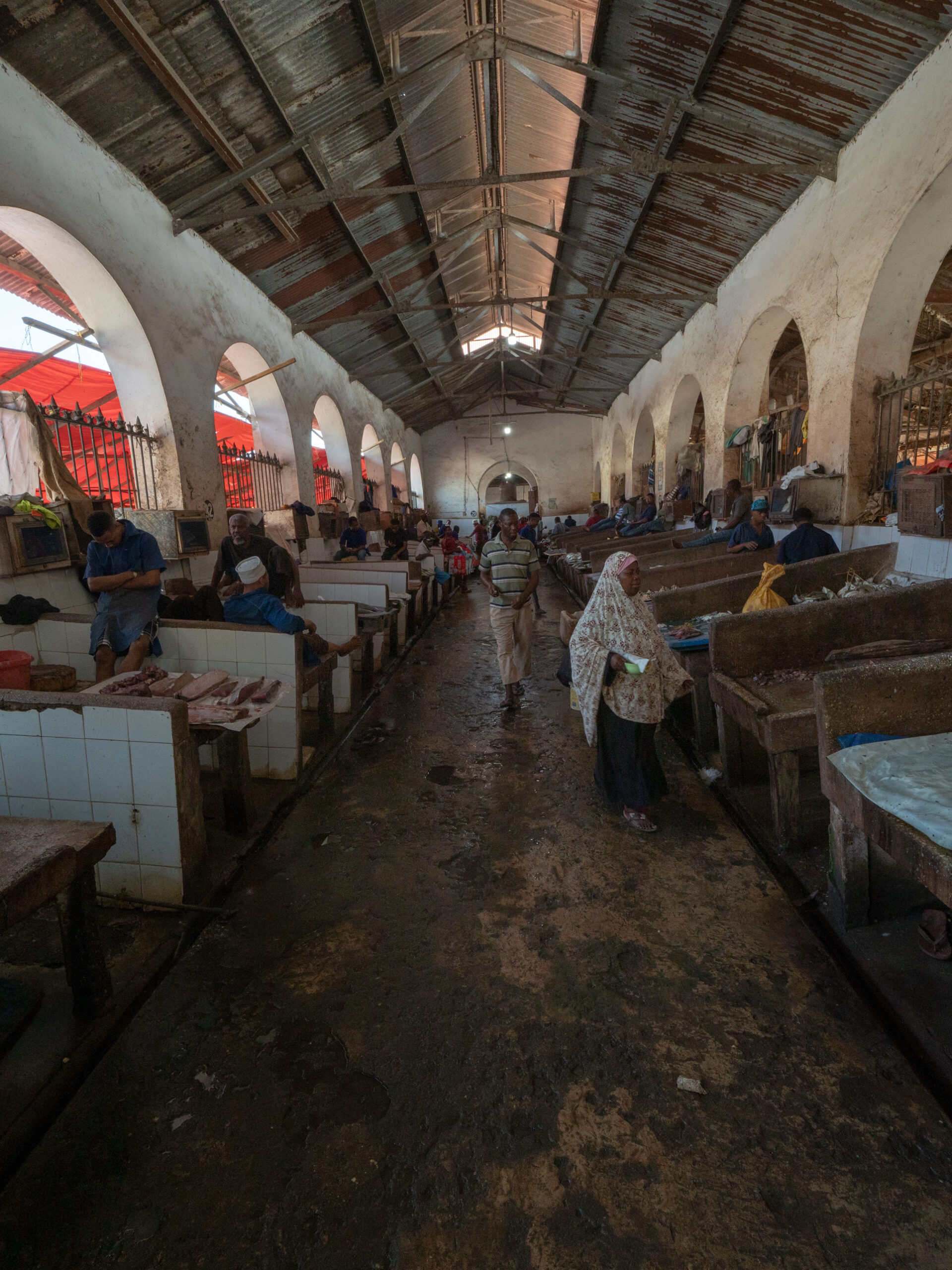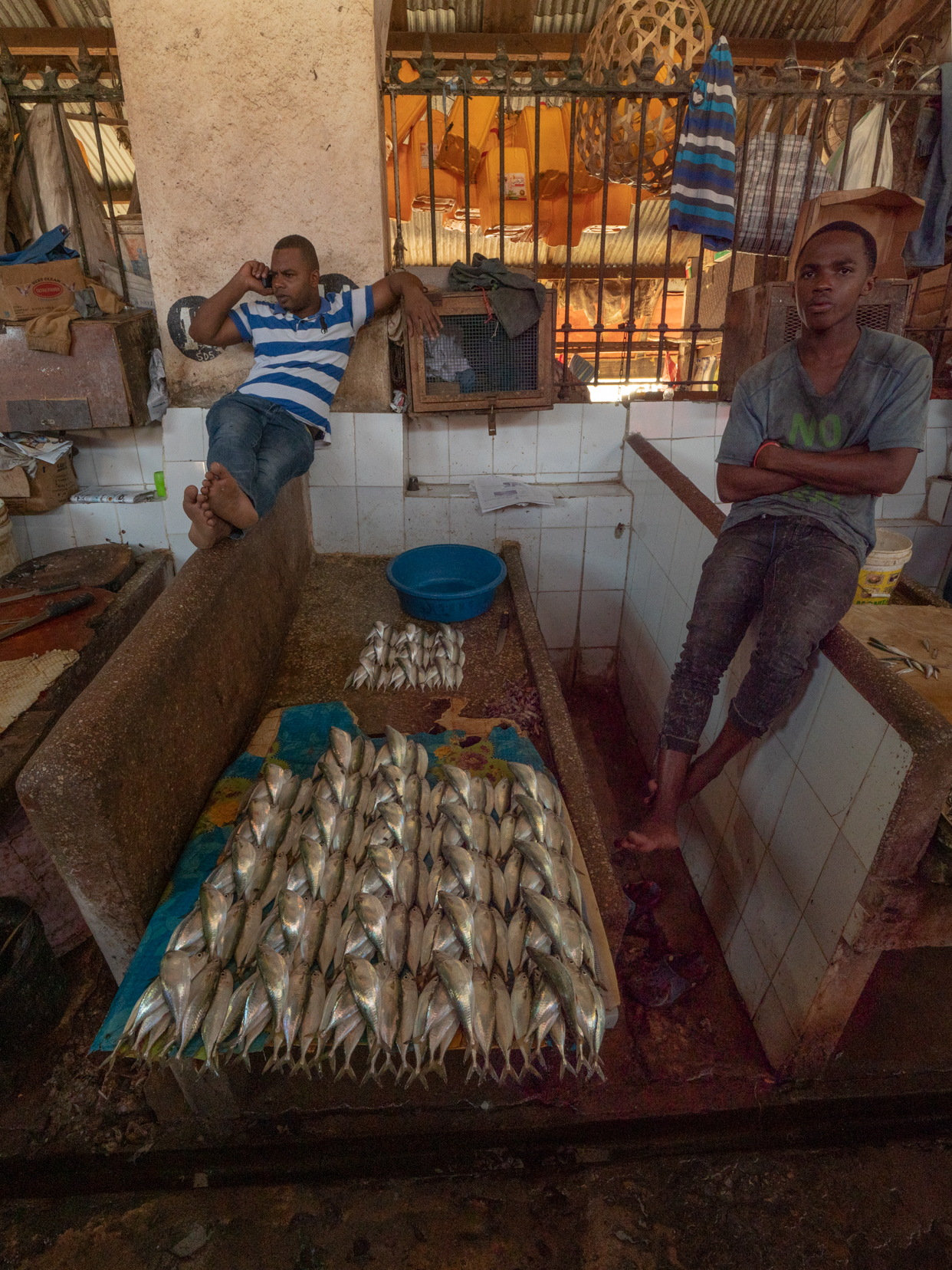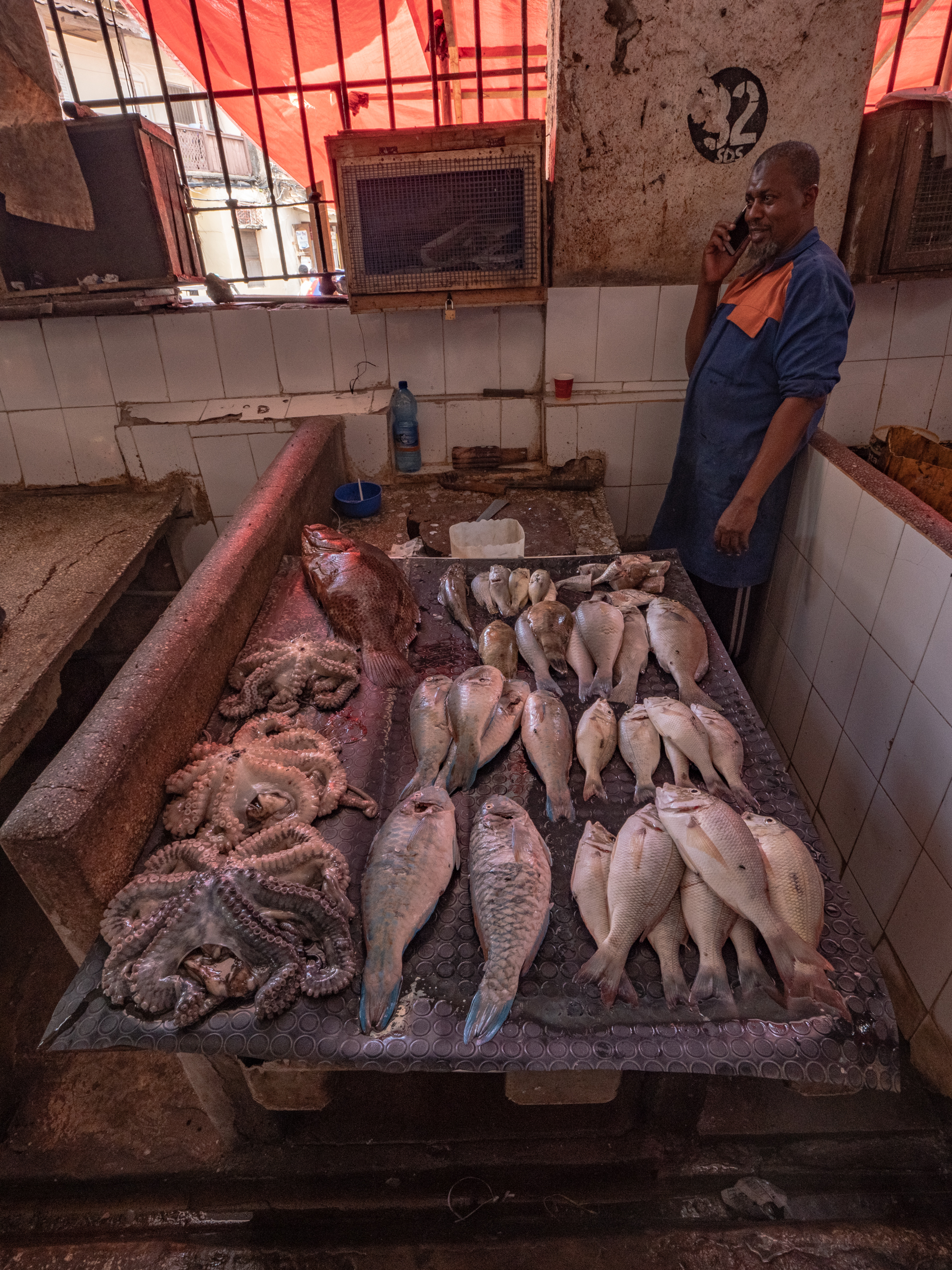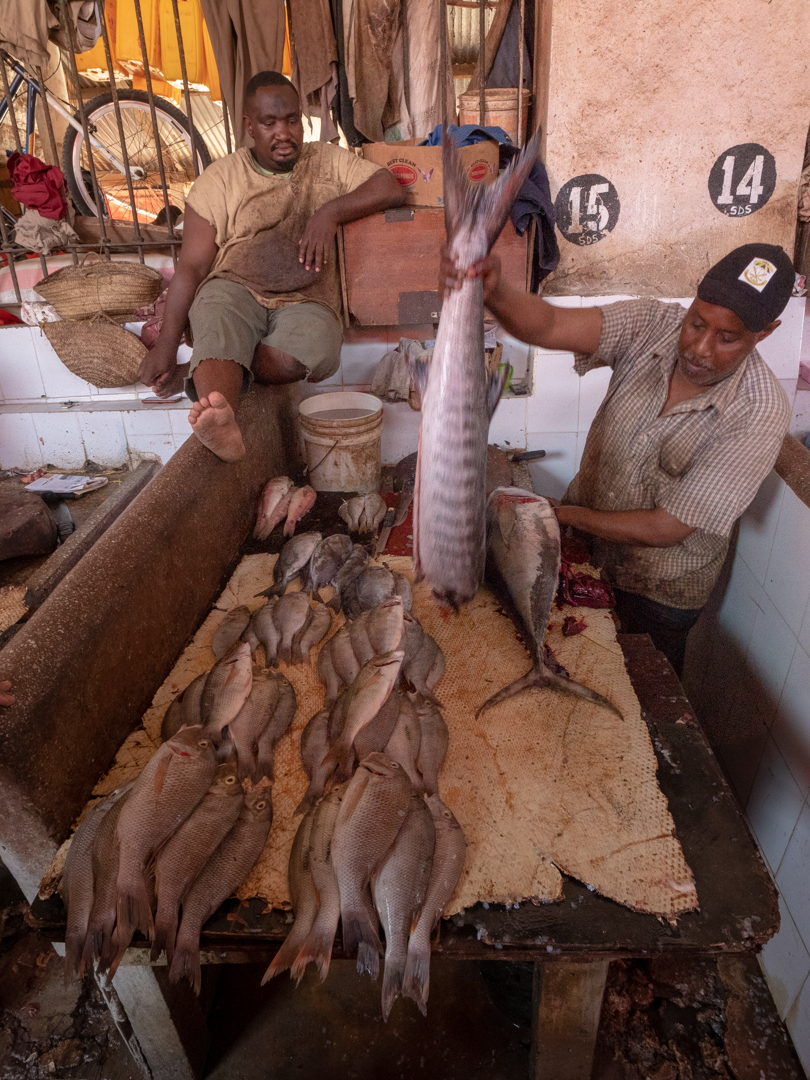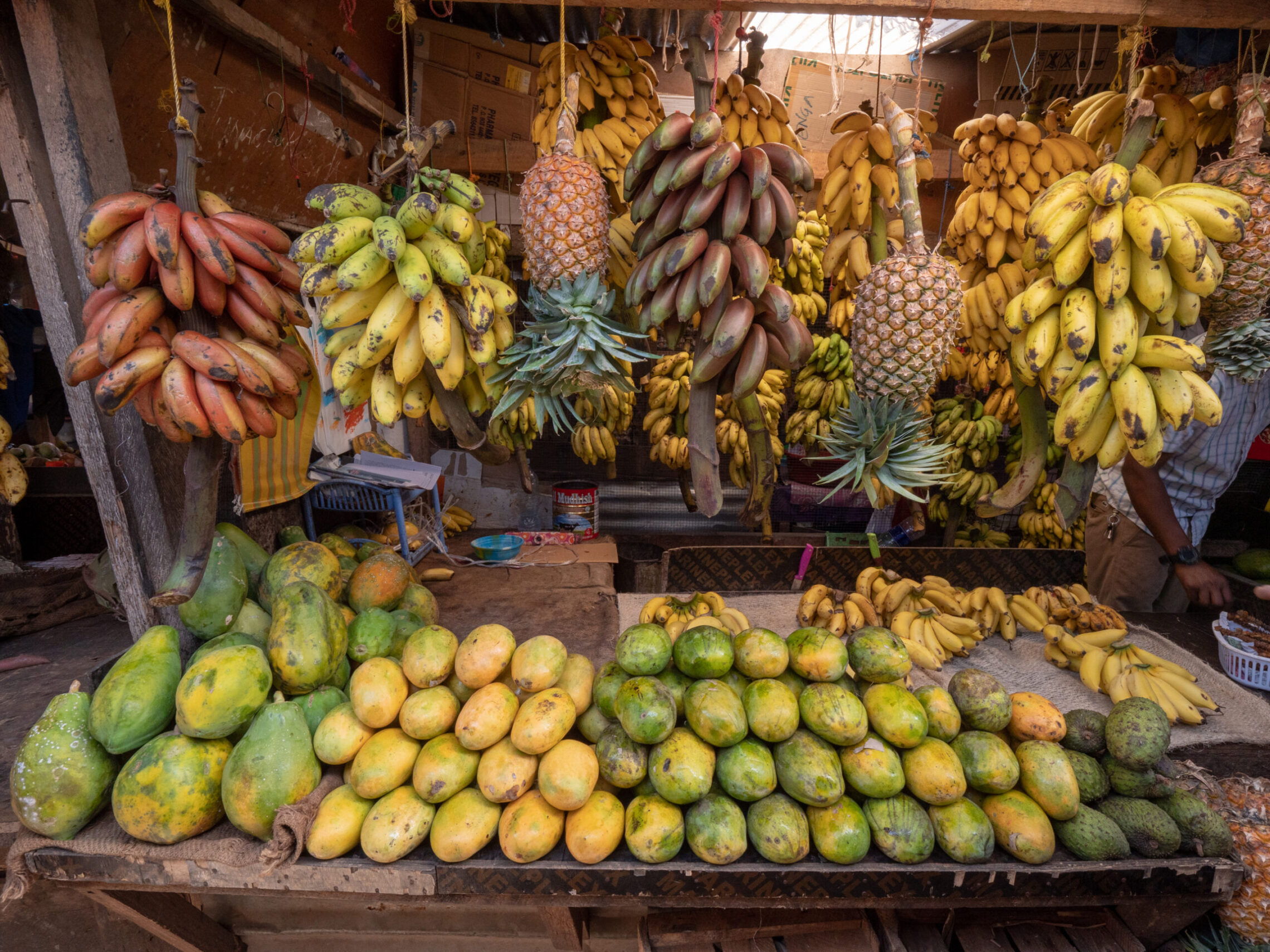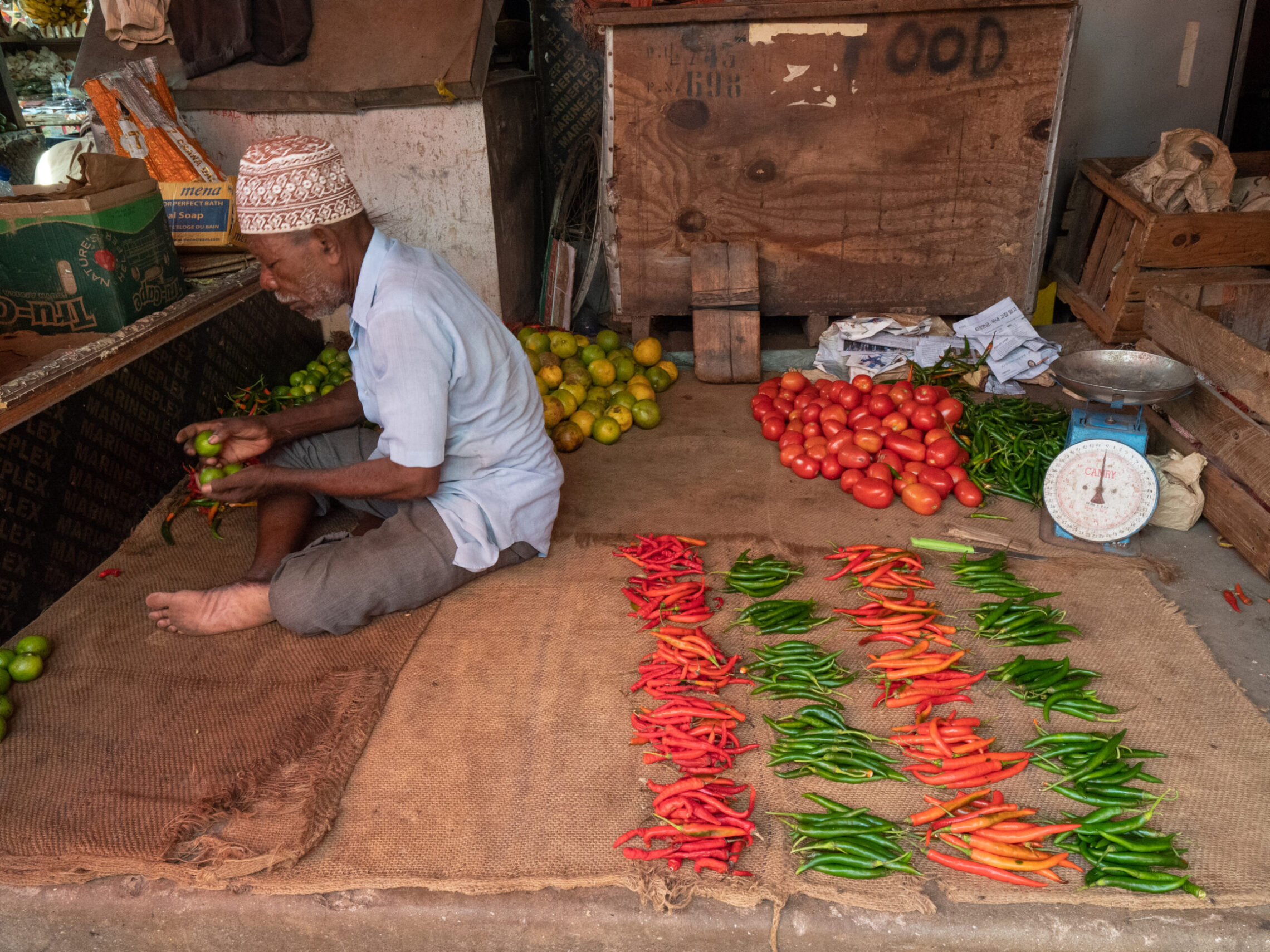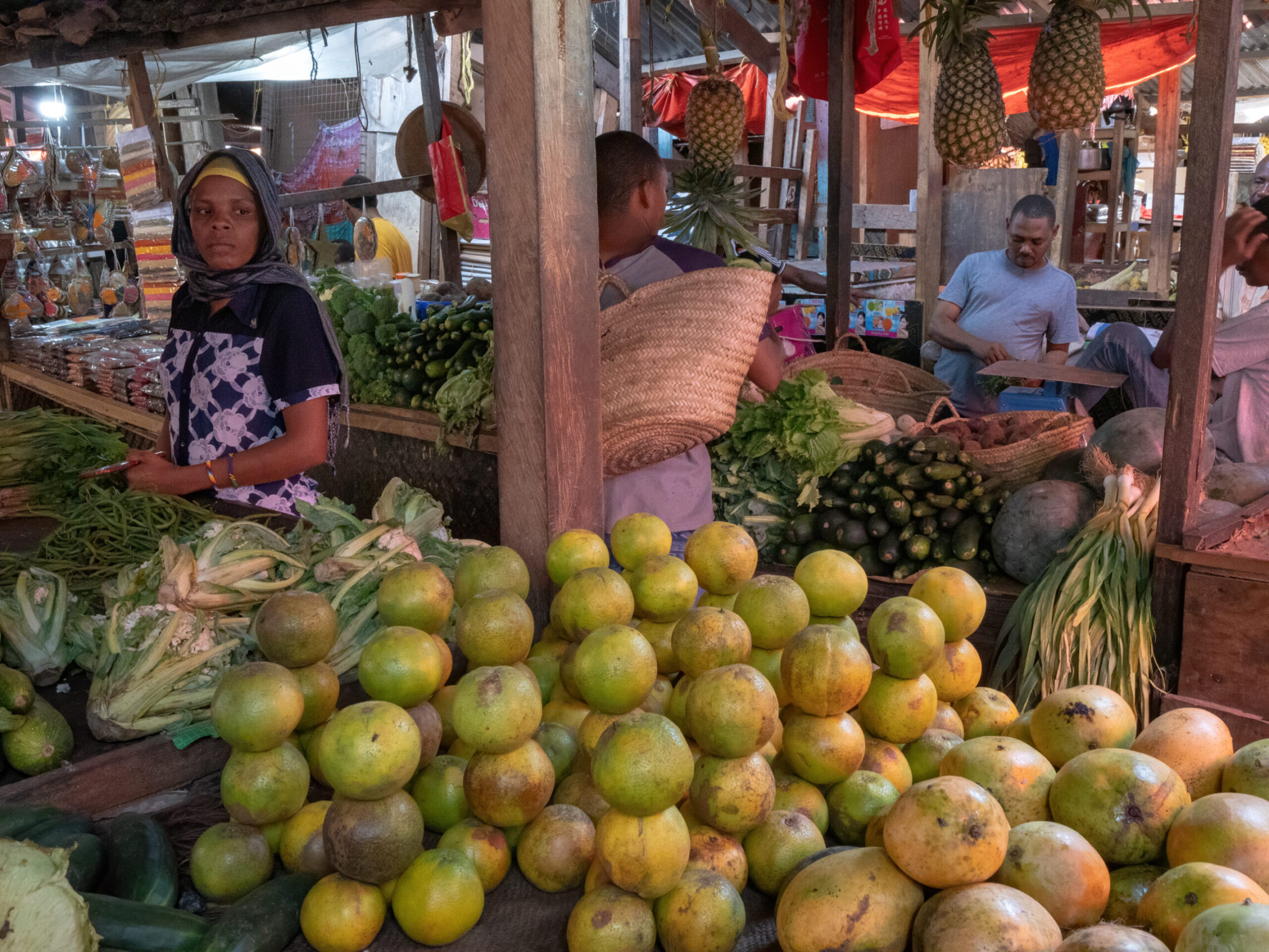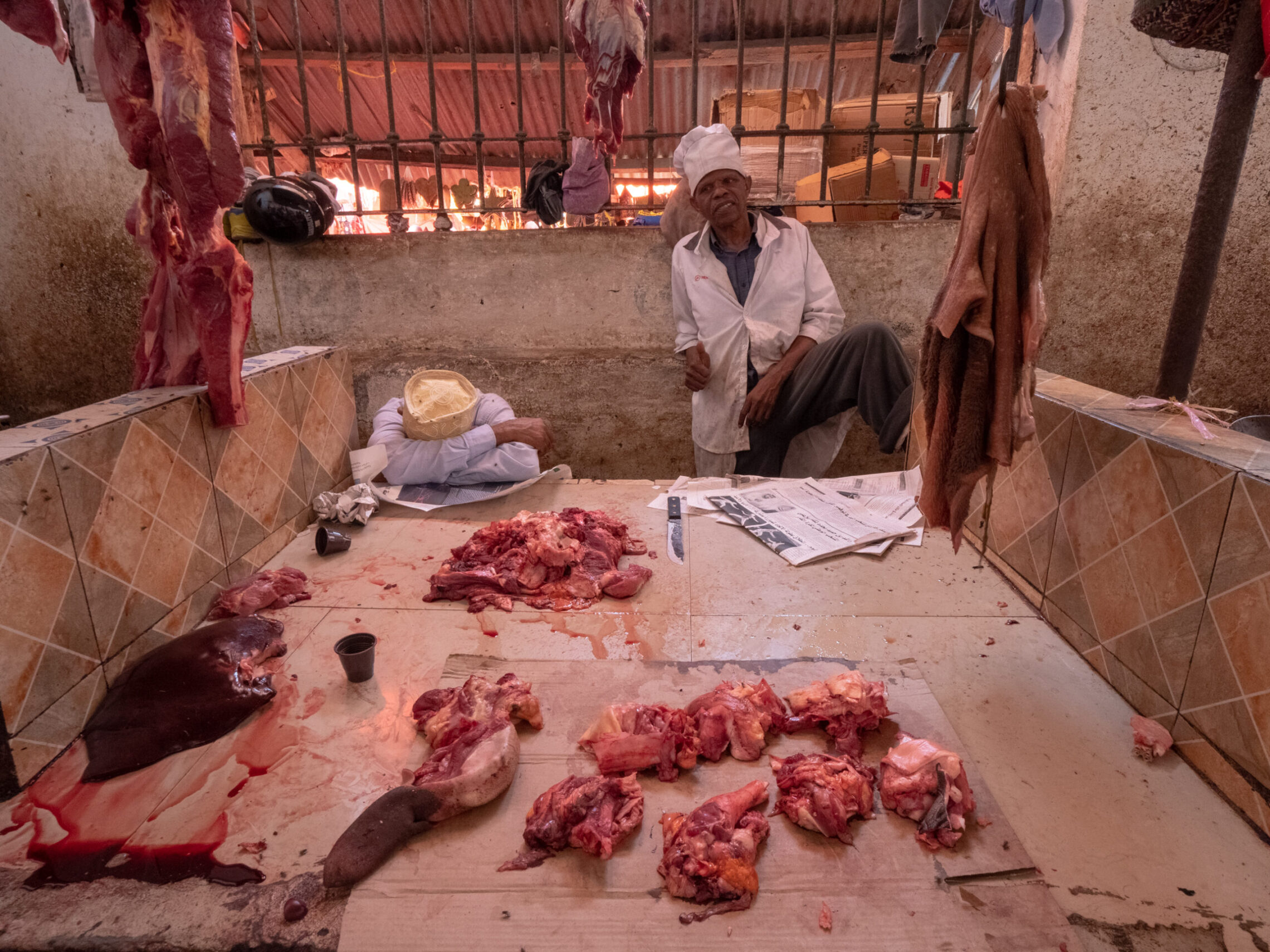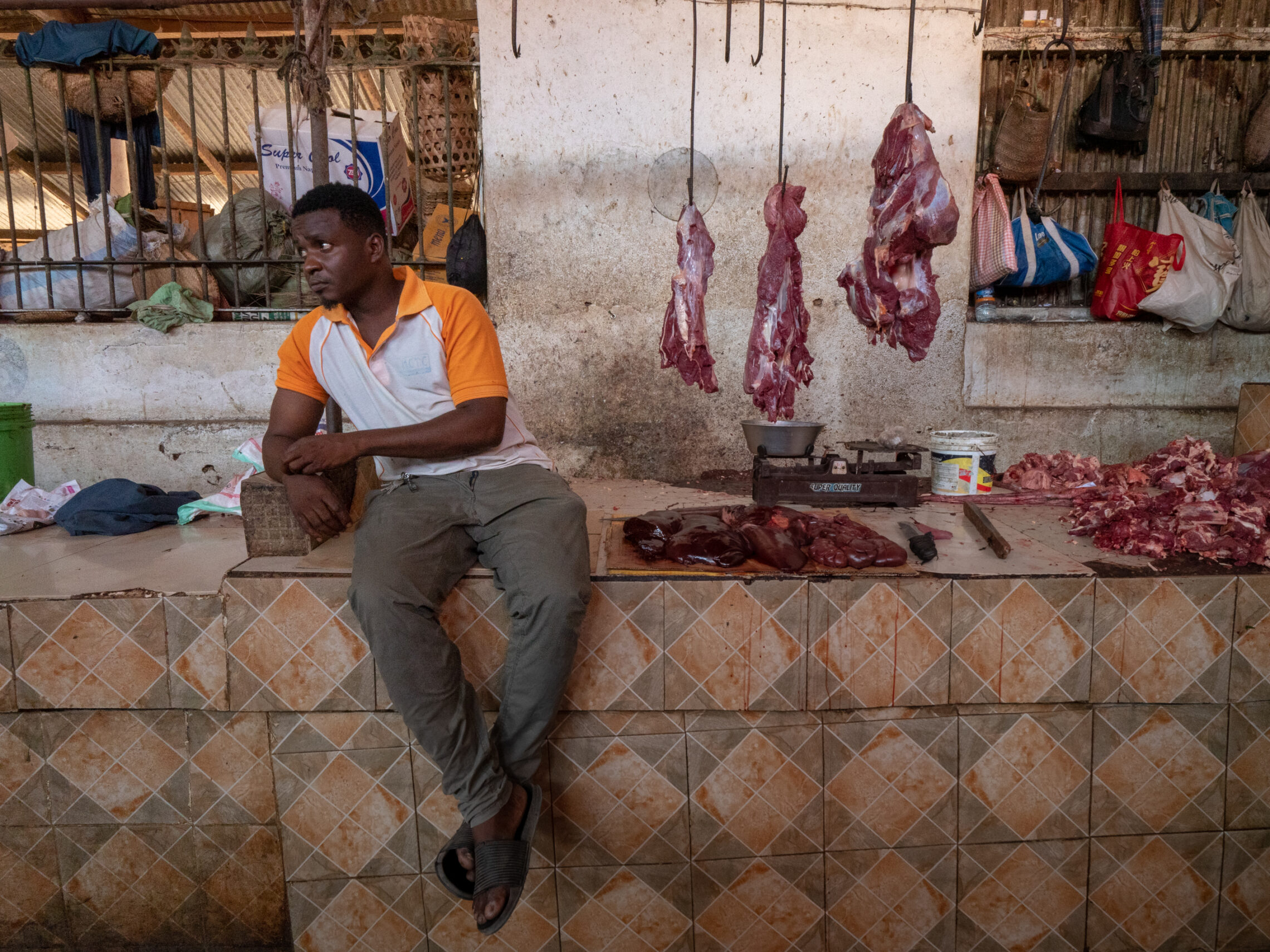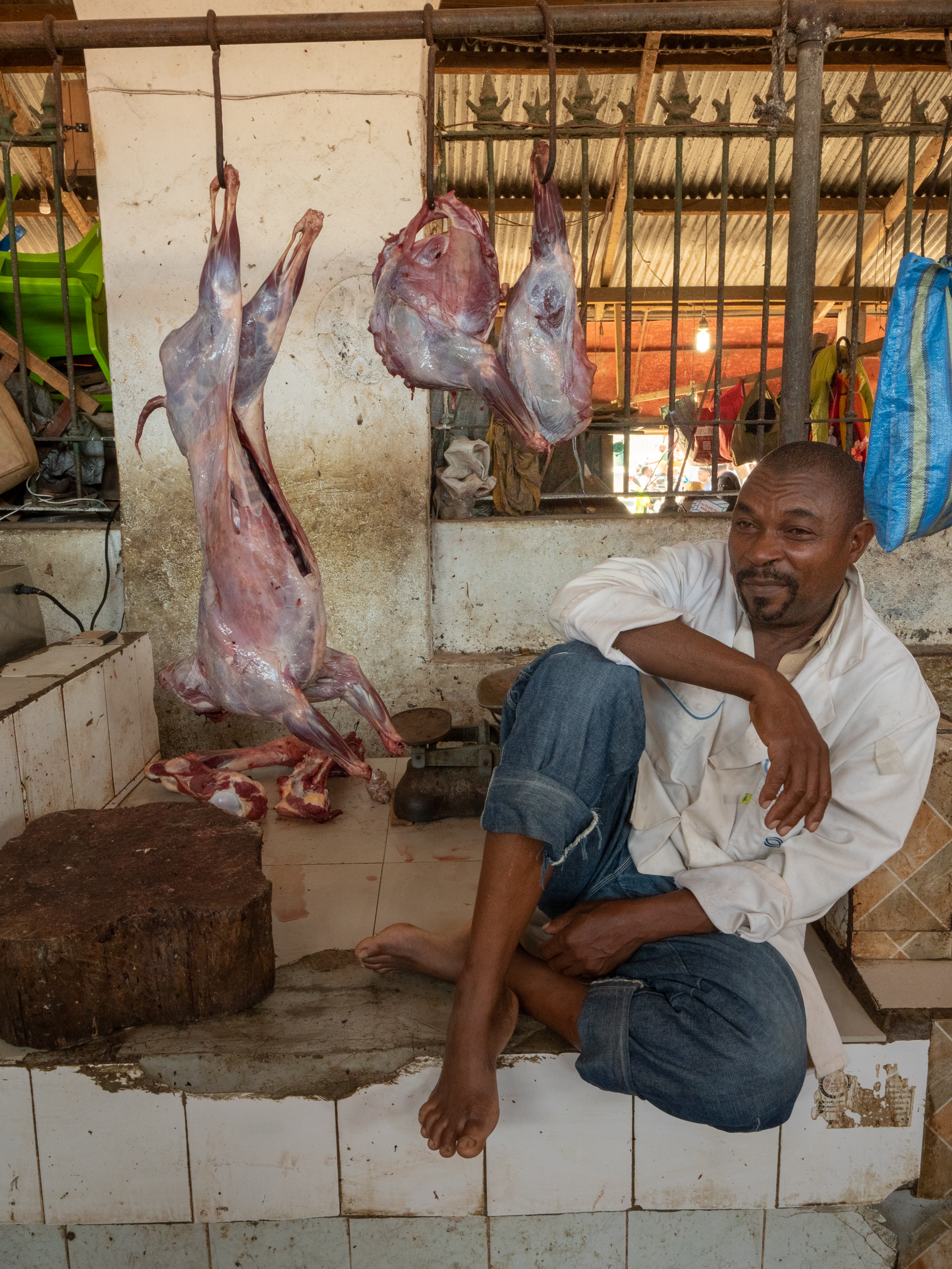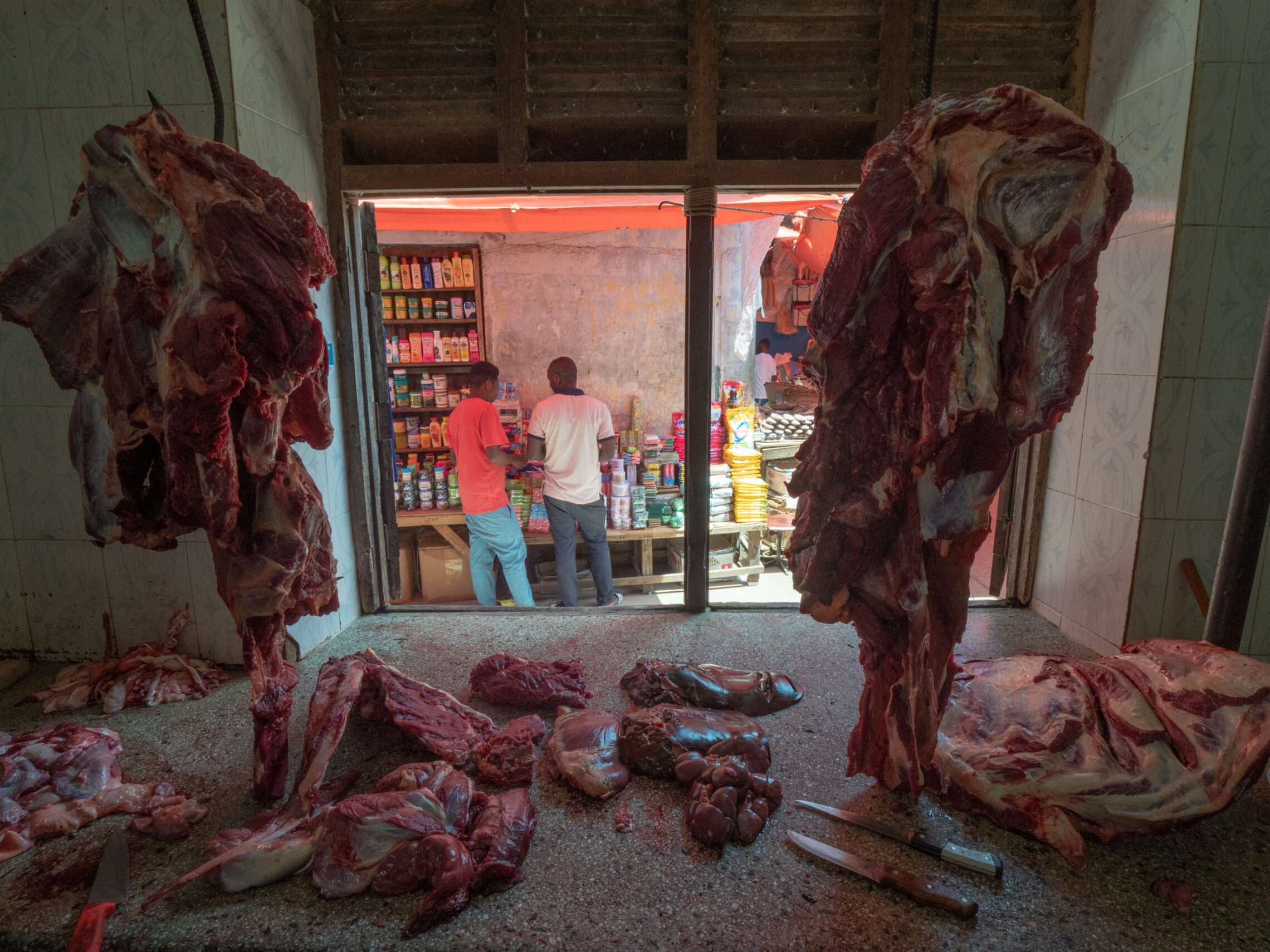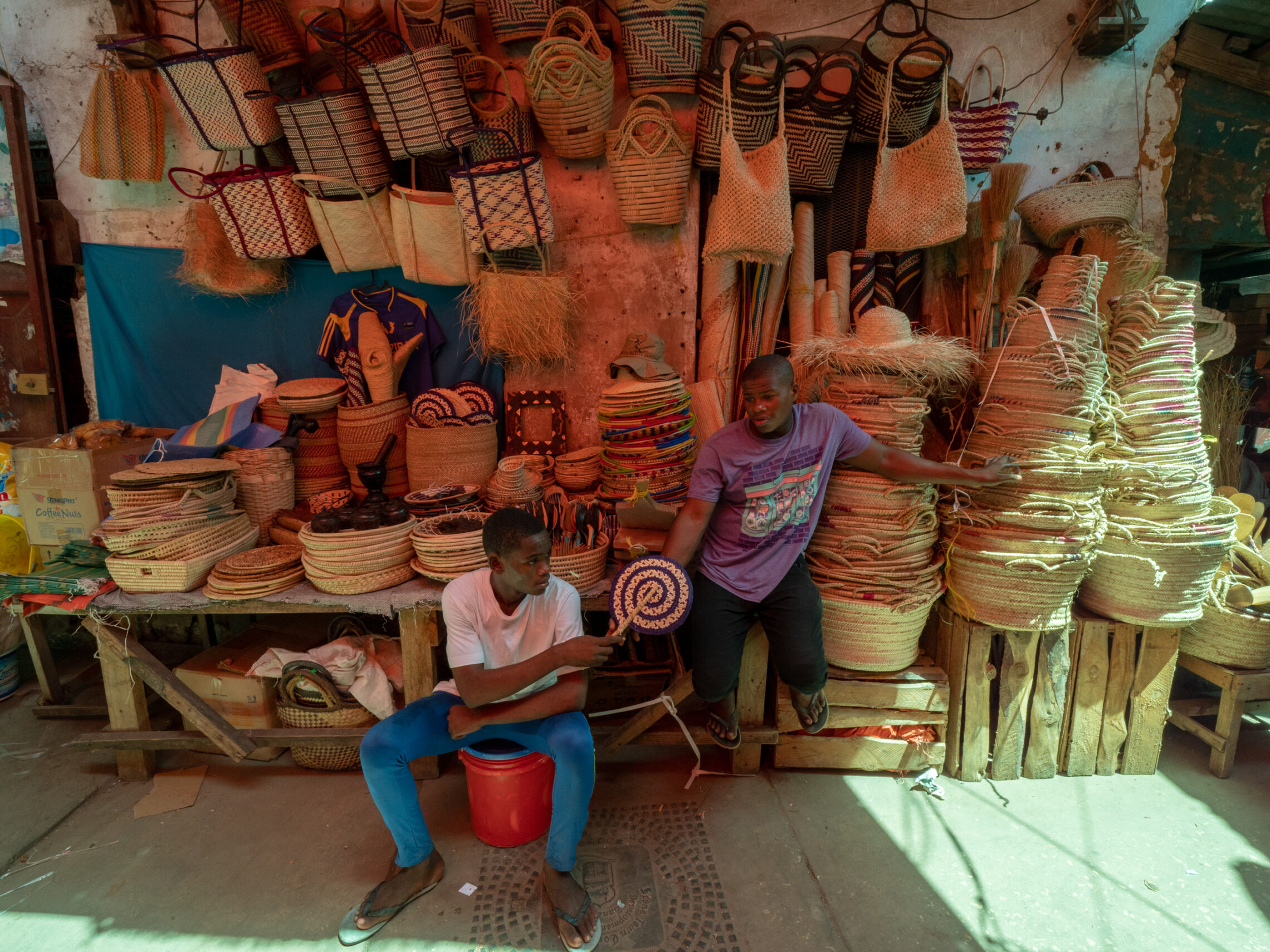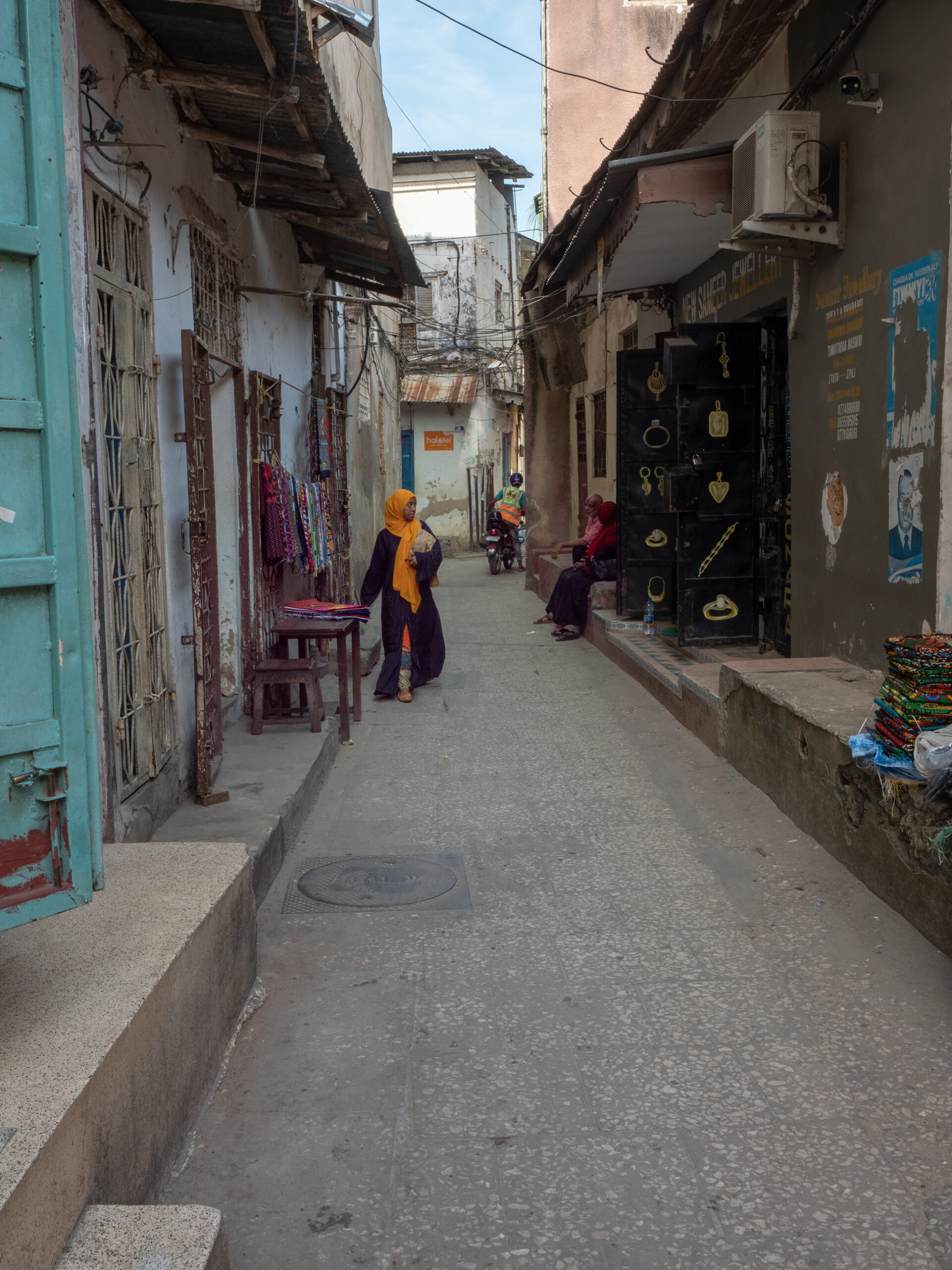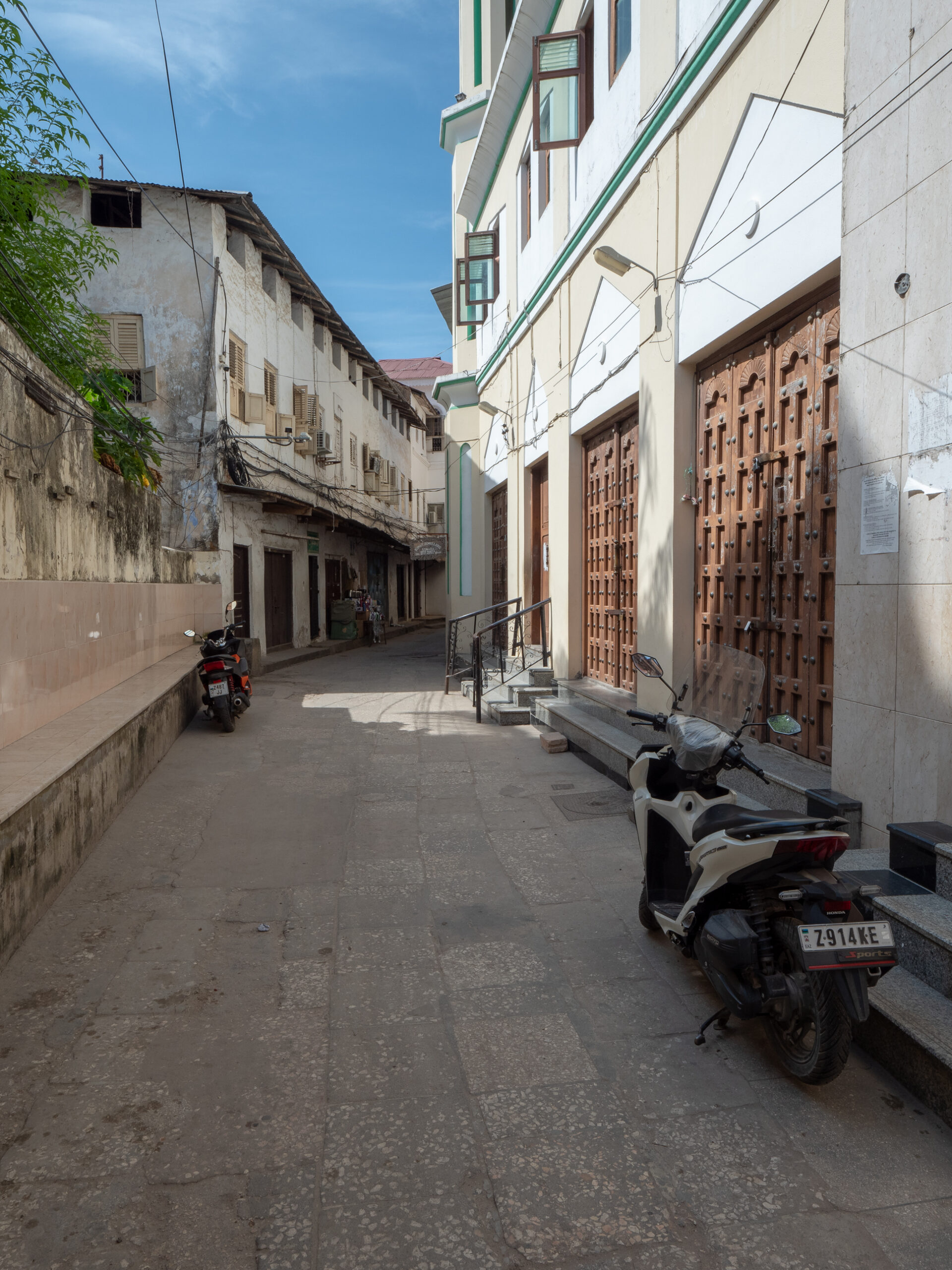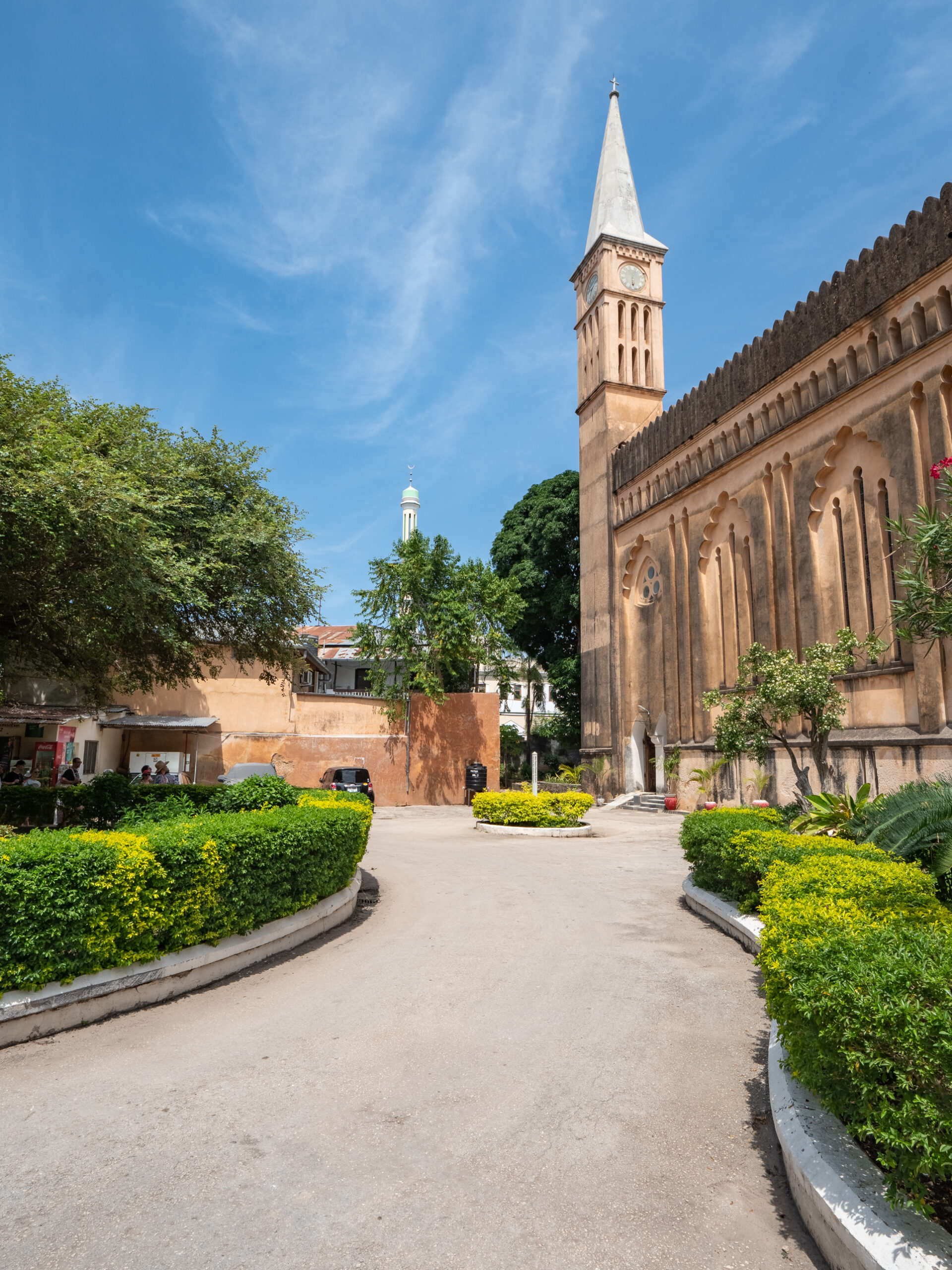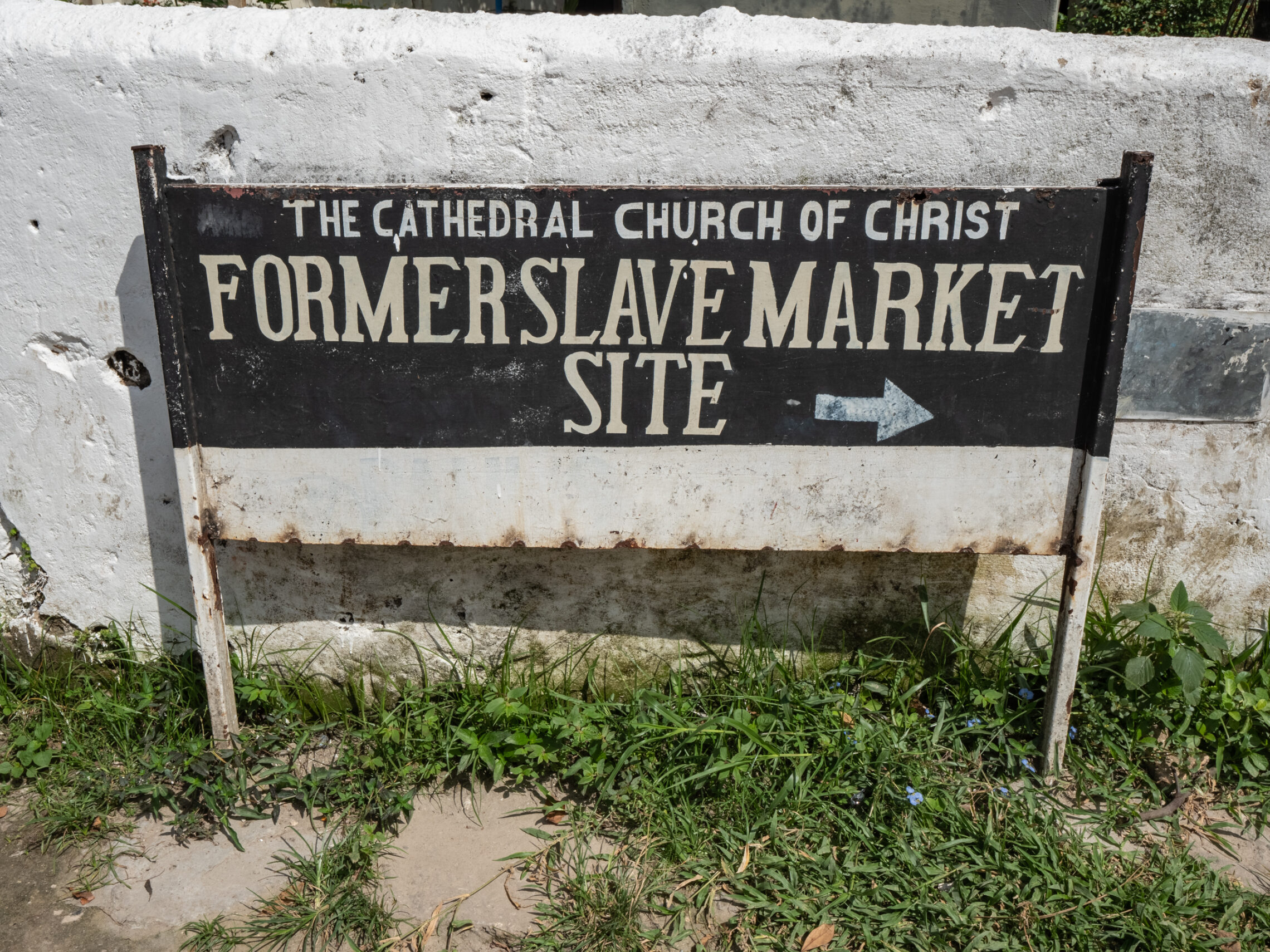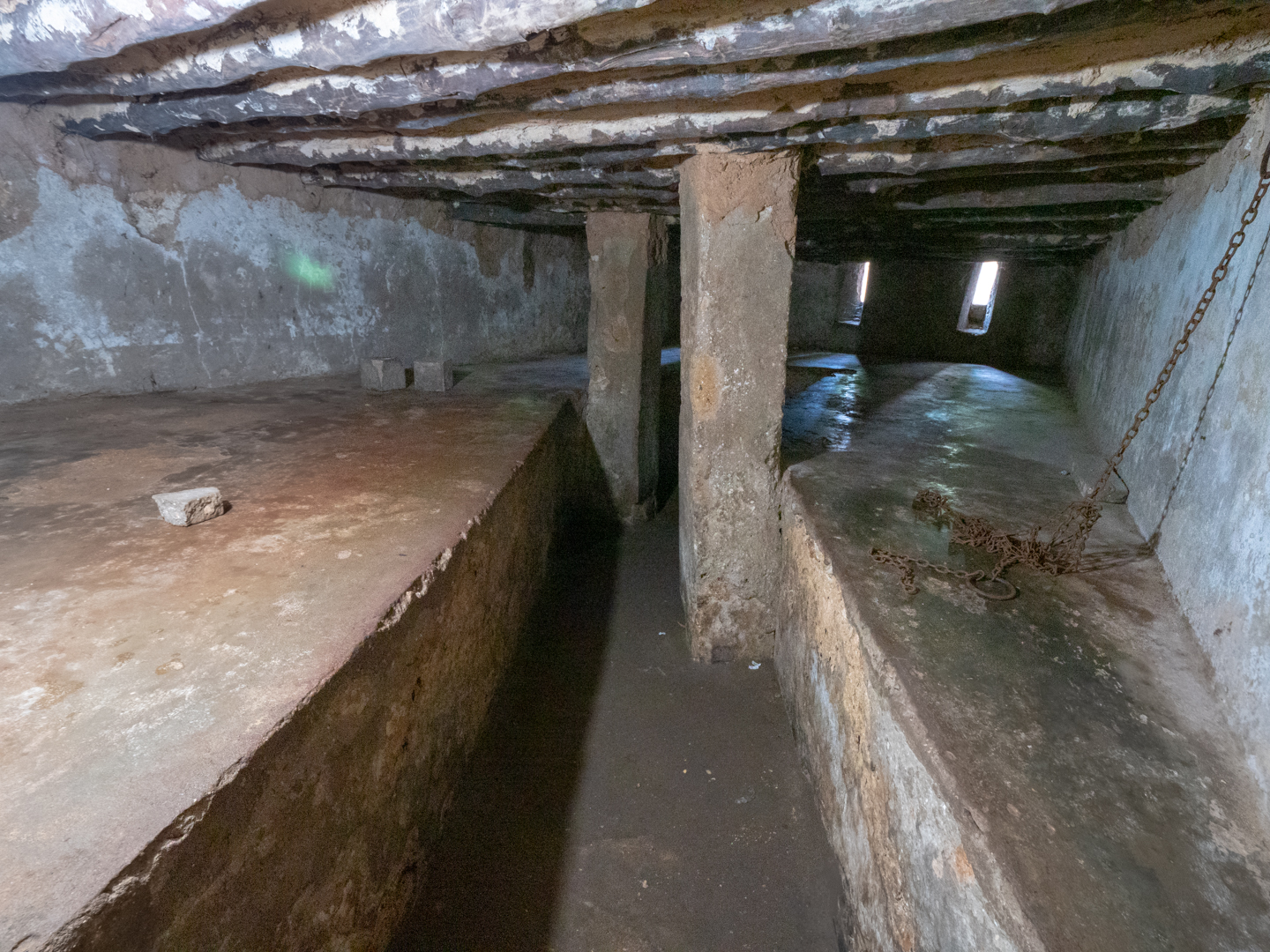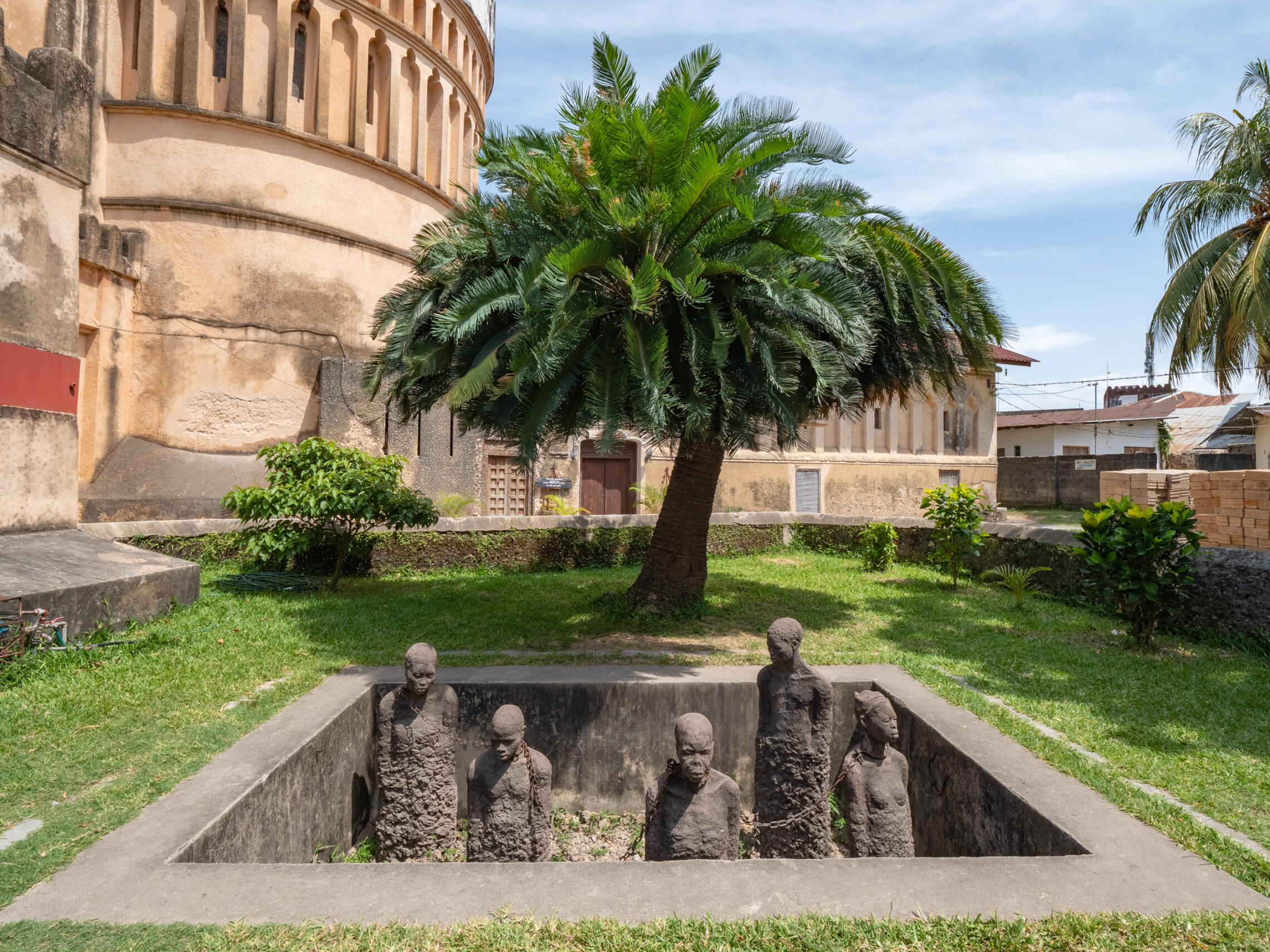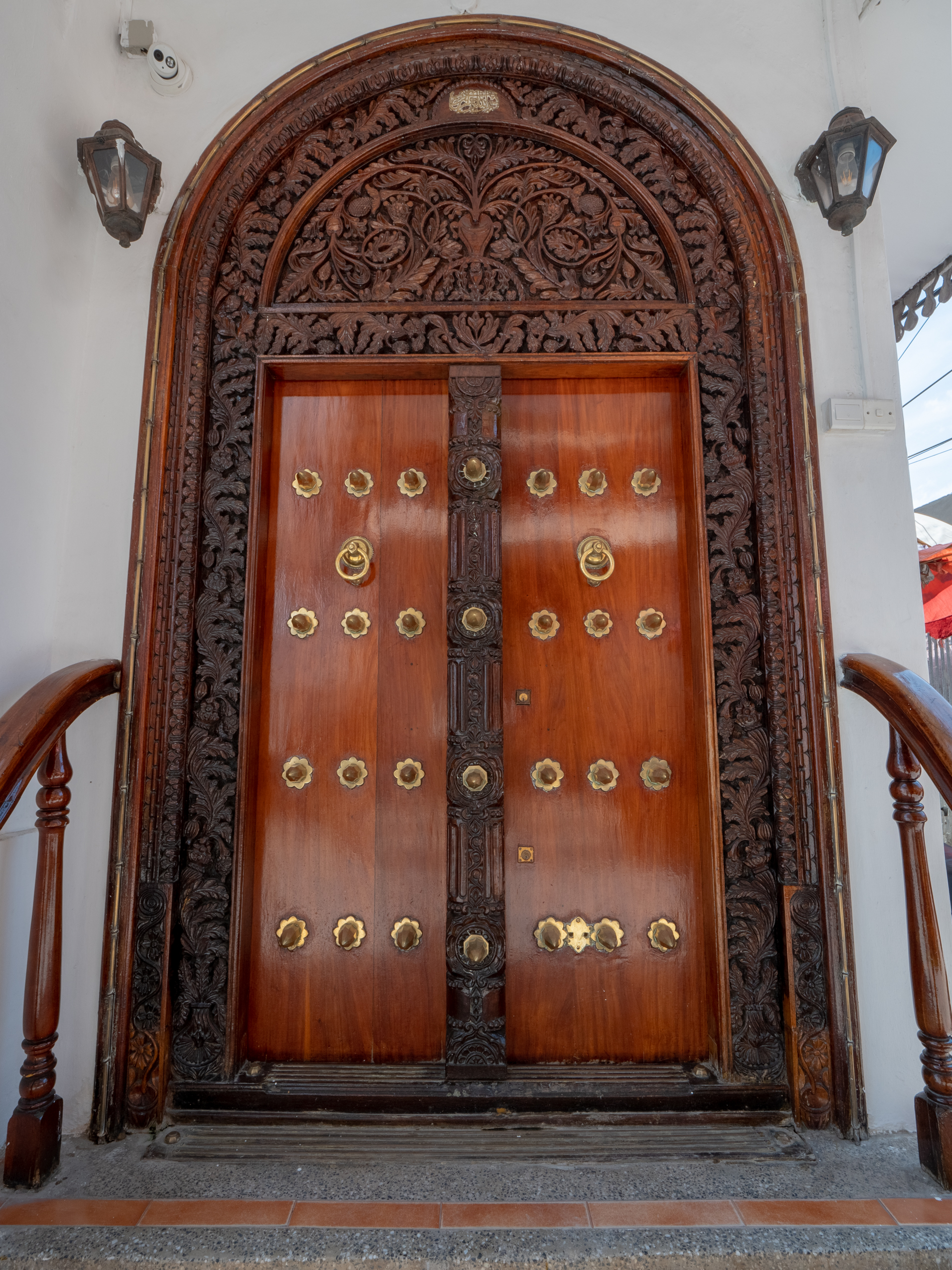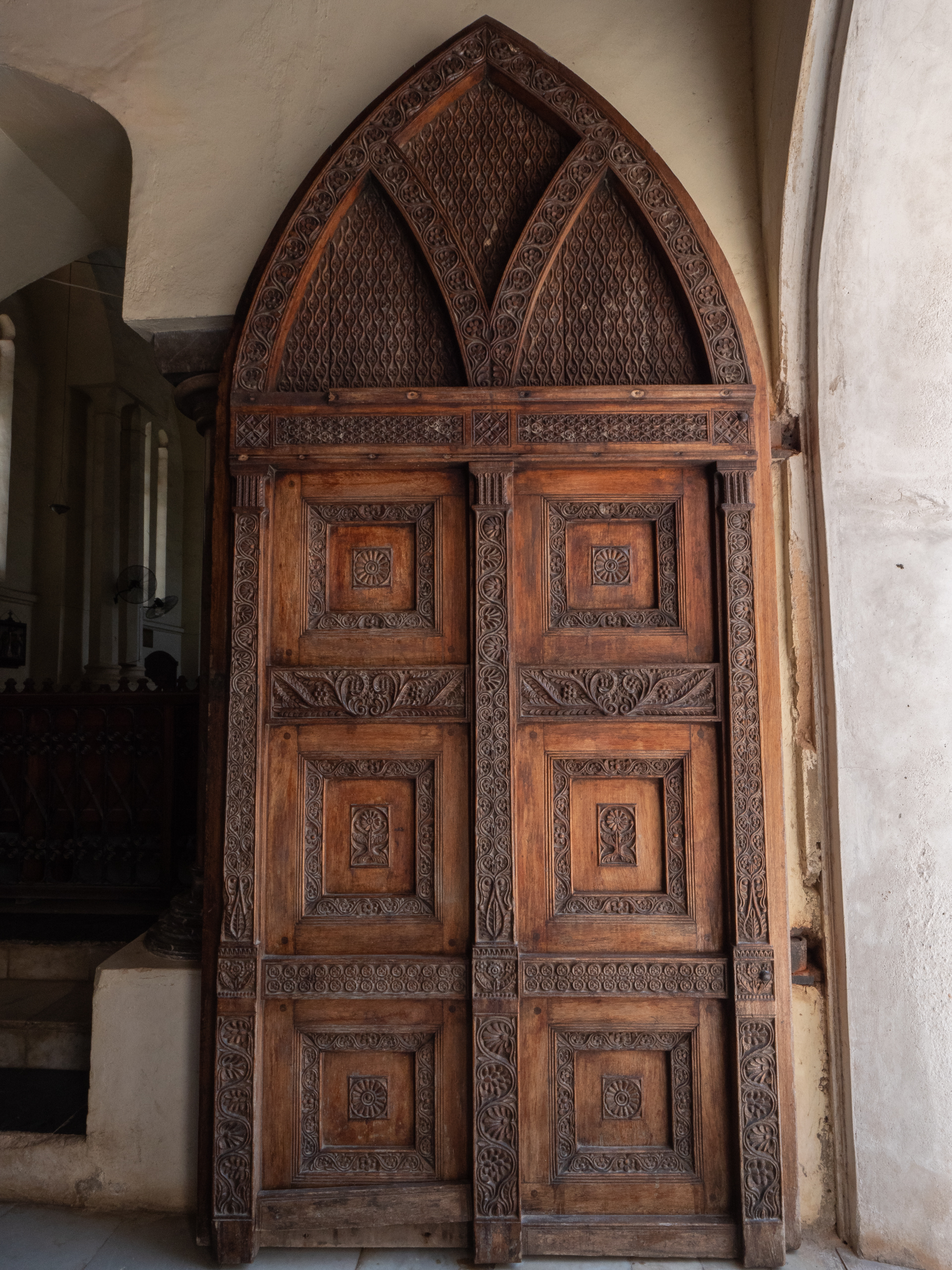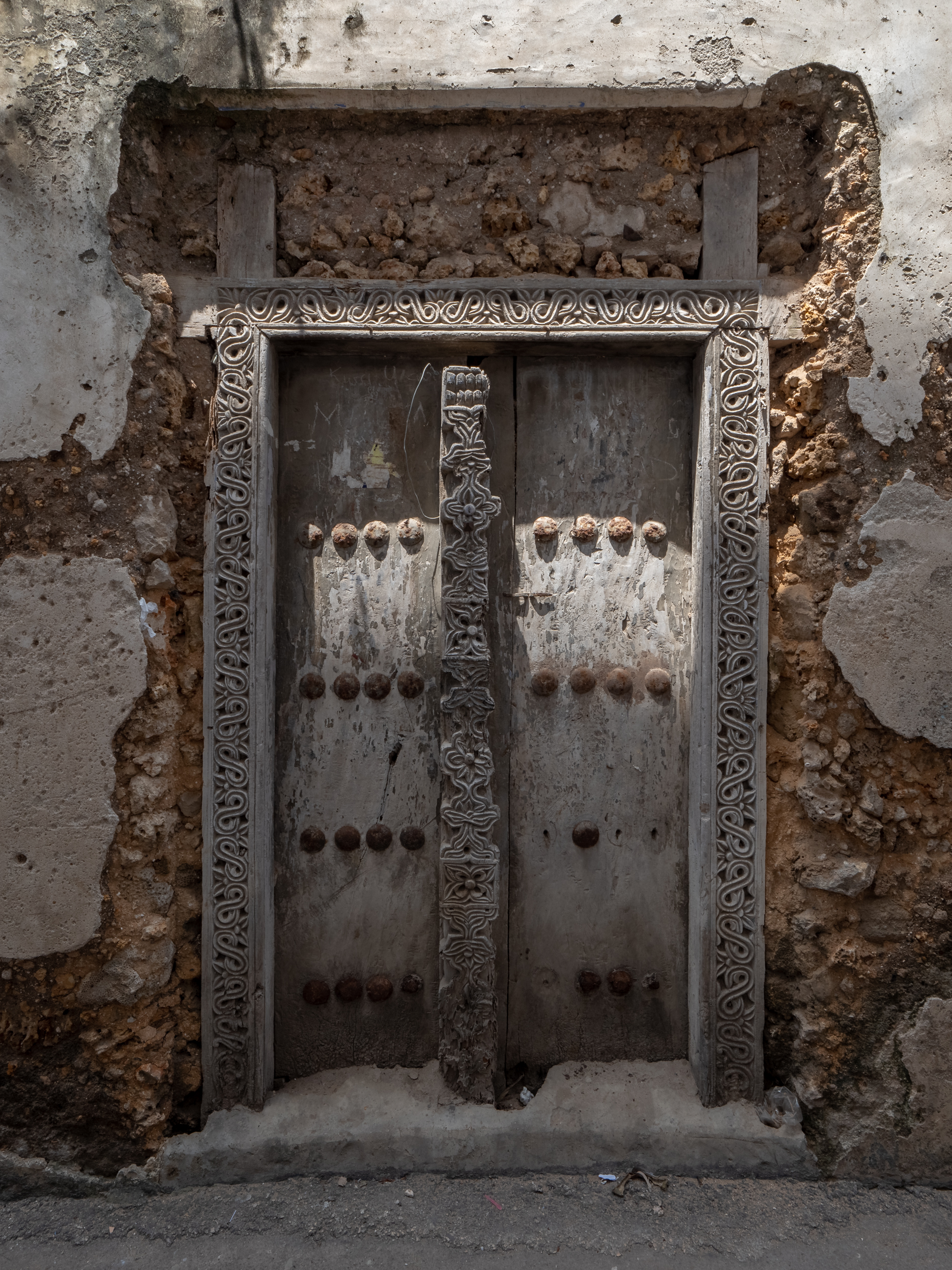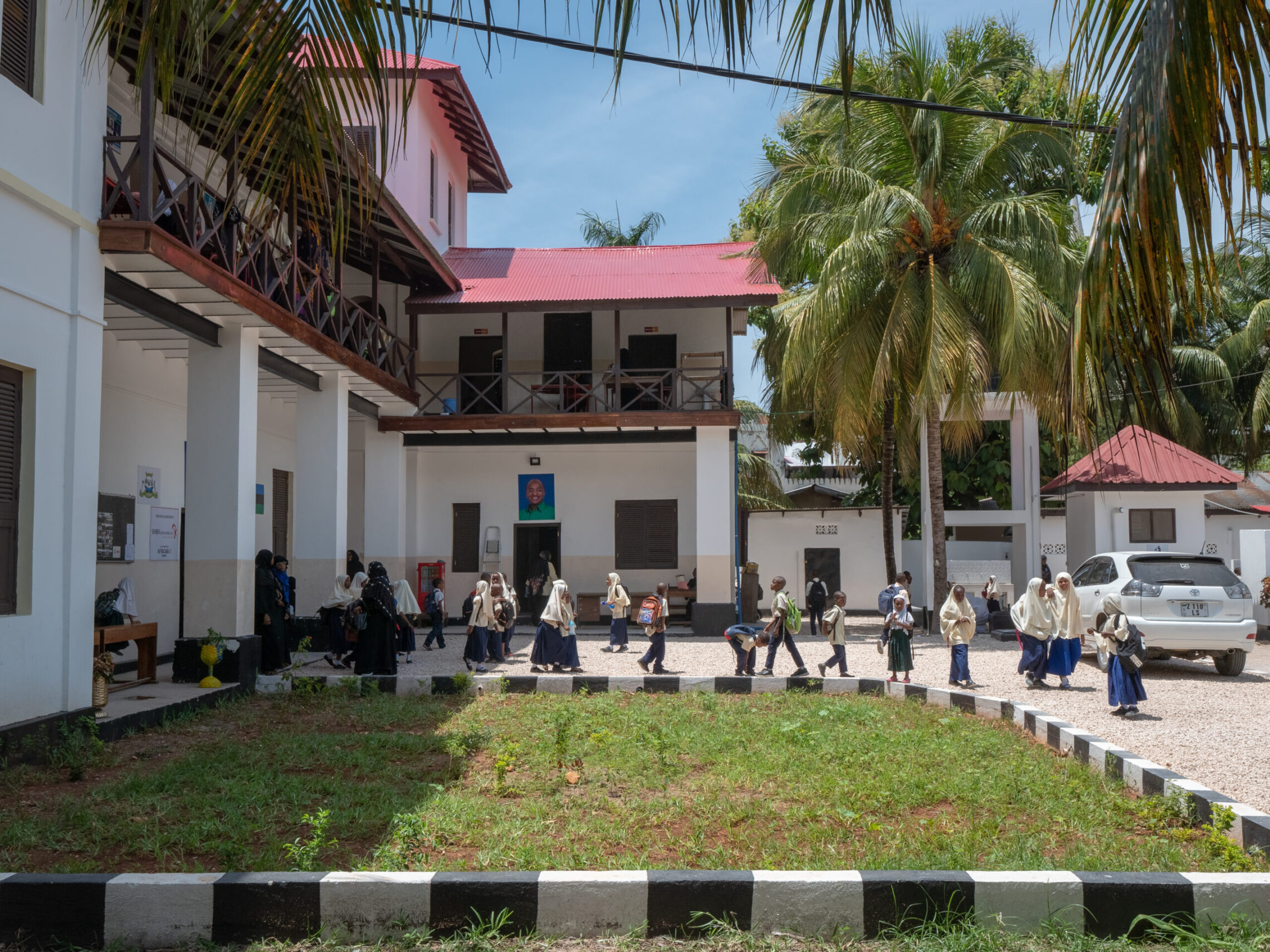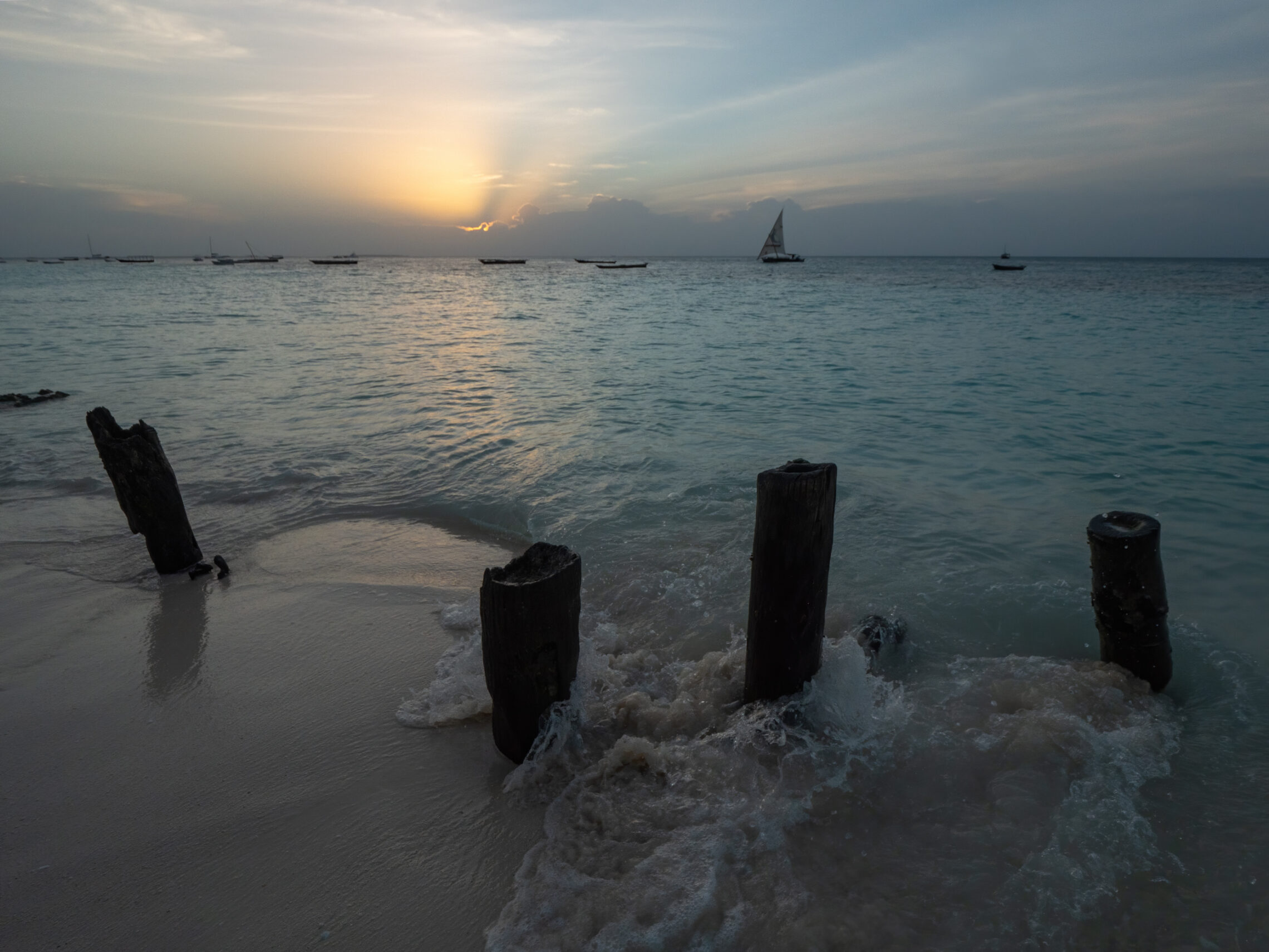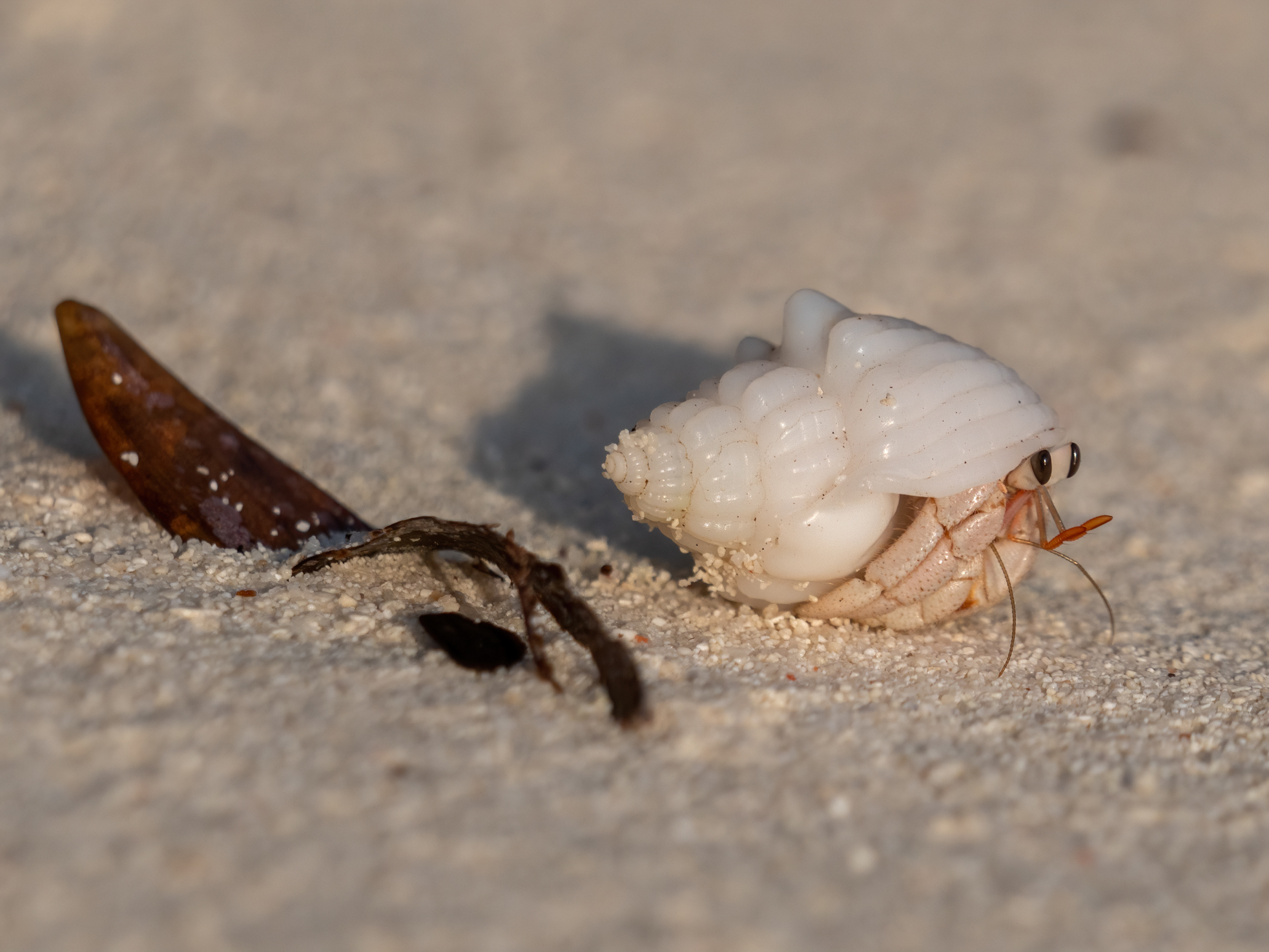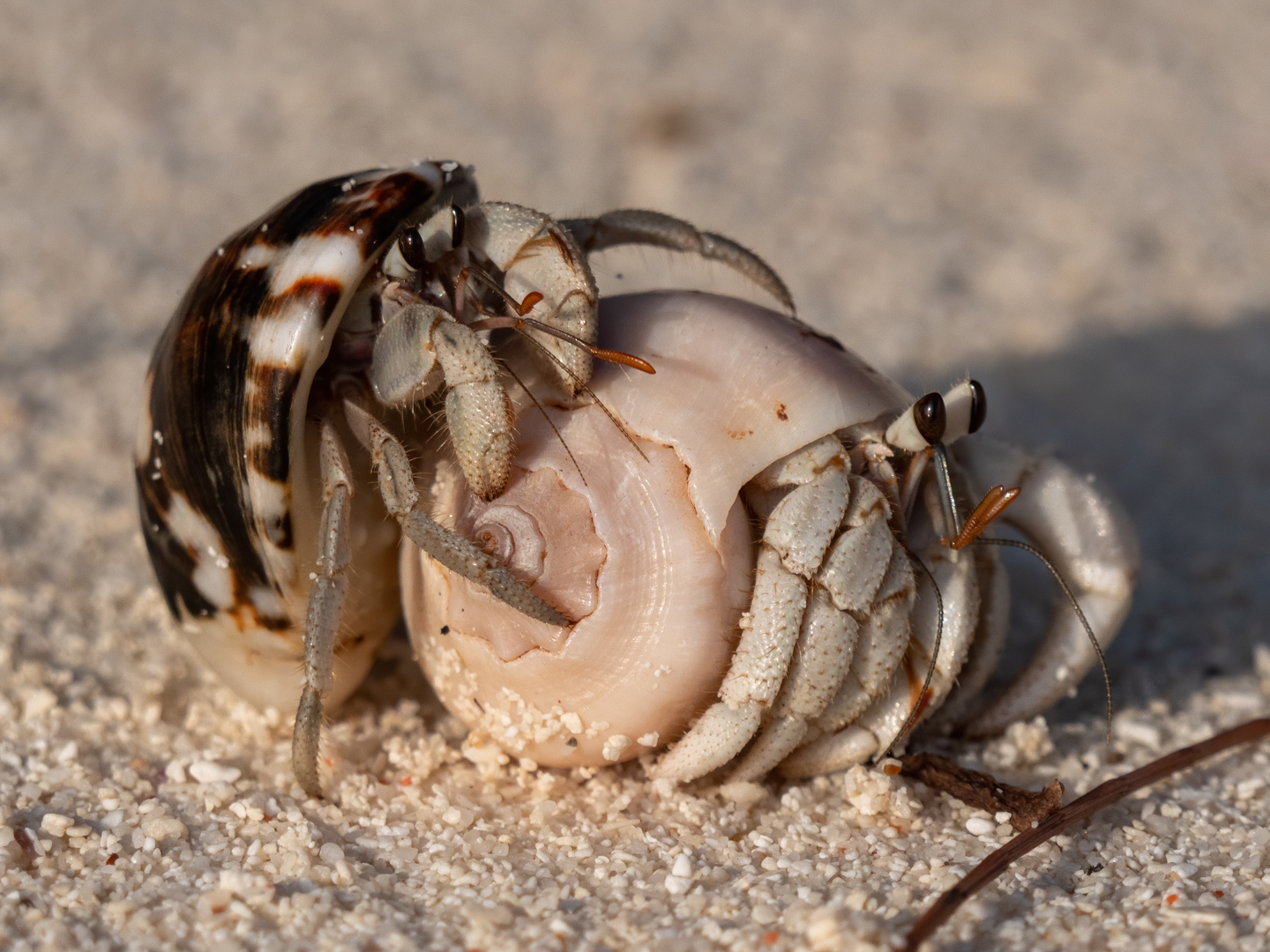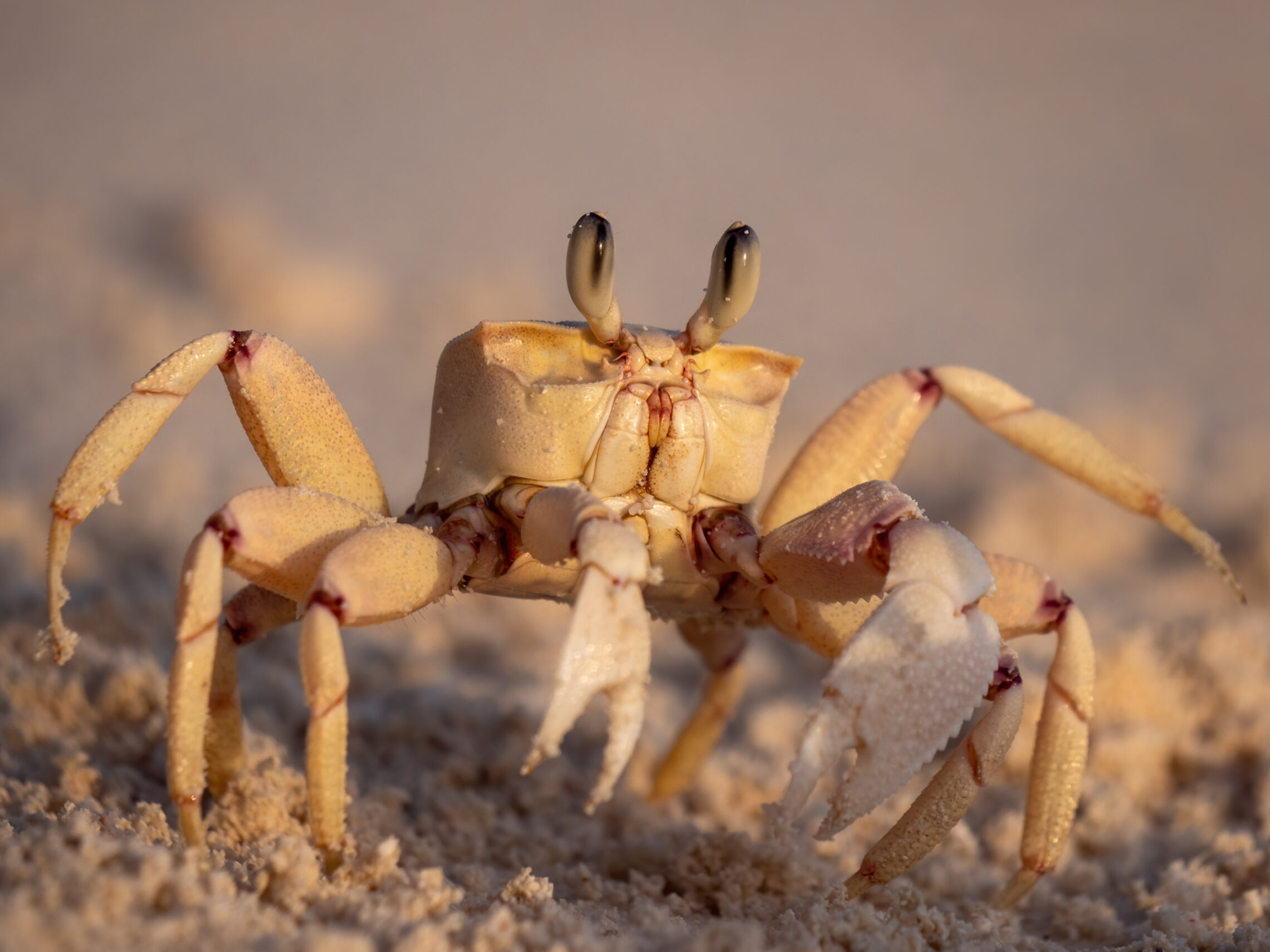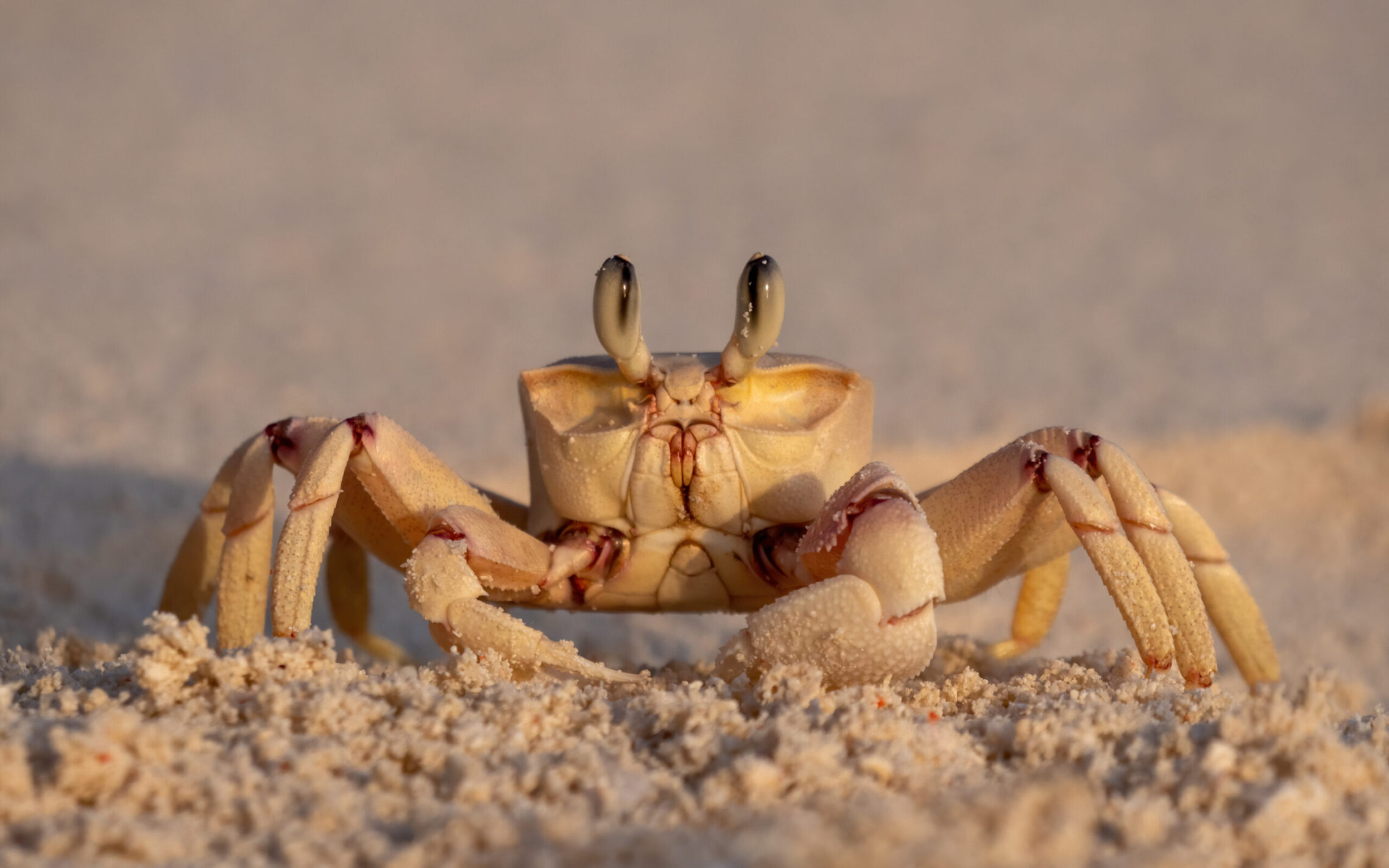As part of a 14 day trip from January until February 2022 to the East African nation of Tanzania, 2 days were spent on the Tanzanian island of Zanzibar. While I will have a separate post and photo albums for the days spent on mainland Tanzania, I felt it was appropriate to create a separate section for Zanzibar, as it was completely different from the mainland, and felt like a trip within a trip.
Known as the Spice Island due to the island’s extensive history in the spice trade, Zanzibar joined with Tanganyika in 1964, forming one nation known as Tanzania. While Zanzibar is part of Tanzania, it is an autonomous region and is very much a separate culture and even climate from the mainland. Tanzania as a whole is predominately Christian, while Zanzibar is Muslim by overwhelming majority, Stone Town, a UNESCO World Heritage Site, is architecturally a unique mix of Arab, Persian, Indian and other design styles, giving the feel of being somewhere in the Middle East, rather than off the southeast coast of Africa,
To see photos from this trip in a full length album format, click here.
The first full day in Zanzibar began on Nungwi Beach, which is a public beach located on the northwest coast of Zanzibar.
After spending some time at the beach and getting accustomed to Zanzibar, I head off to Jozani Chwaka Bay National Park (aka Jozani Forest), which is the only National Park located on the island.
One of the main draws and reasons for traveling to Taznania was for the abundance of wildlife and safari opportunities, so it was only fitting to see what the National Park system had to offer while in Zanzibar. Plus, I really wanted to see the Zanzibar red colobus, which is a species of monkey found only on this island. The Zanzibar red colobus is endangered, with roughly only 1,500 to 3,000 existing. They were easy to find inside the forest, but not necessarily easy to photograph, due to the constant moving and jumping around.
Here are some shots of the monkeys I was able to take, as well as a bonus land crab, during my short trip to Jozani Forest. We encountered a troop of monkeys feasting on a fig tree towards the end of my visit, which made for some good photo opportunities.
While there always seemed to be a level of clouds in the sky around the horizon, I still tried to catch the sunrise and sunset each day on the beach.
The following day it was off to Stone Town, which is definitely the highlight for me, and something that should not be missed if you find yourself in Zanzibar.
Darajani Market is the main bazaar located in Stone Town, where you will find local vendors selling everything from fruit, vegetables, spices, meat and fish to household goods such as baskets, shoes, etc. The main items up for sale are generally: fish, meat, fruits, vegetables and of course, spices. Here are some of the vendors and sights I encountered making my way through Darajani Market.
After the market, we made our way through the narrow streets of Stone Town, to the site of the former slave market. One of the largest slave markets of its time, this section of Stone Town saw some of the most inhumane and brutal conditions imaginable.
Zanzibar is known for their Guajarati doors, which are Indian-influenced designs, which were originally used in India to stop elephants from battering down palace doors during war. While no elephants in Zanzibar, these Arabic doors are often intricate in nature, and each design varies from door to door and family to family.
A local school was getting out as we departed Stone Town, to head back to the Nungwi Beach area.
Although there was still a layer of clouds on the horizon, I made sure to catch the sunset at the public beach in Nungwi.
The following morning, before heading to the airport to go back to mainland Tanzania, I spent the morning on the beach on the eastern coast, catching the sunrise, and also photographing some really cool crabs and a lizard.

To see photos from this trip in a full length album format, click here.

